Pinehurst no. 4 appears to be the resort’s architectural weathervane: whichever architect is popular at the moment, they’re going to get an opportunity to reshape no. 4 in their image. So the Donald Ross course has been the subject of a lot of cosmetic surgery over the years, first by Robert Trent Jones, then by Rees. In 1999, the resort brought Tom Fazio in to redo the whole thing and he produced something very odd both for himself and generally—a course with a few hundred small, round bunkers scattered everywhere. I guess that this was still the end of the era of ‘Scottish-style’ courses that were anything but, and this was his take on that style. I’d imagine that this was the resort’s idea rather than his because it looked unlike anything I’ve seen from Fazio.
I played the Fazio version of no. 4 back in the summer of 2002 when it was relatively new. I hadn’t seen many great courses at the time (mainly just no. 2 the day before) and I thought that while is was a bit odd, it was pretty good. I liked it more than no. 8, which I played the next day and which is a very typical 90s Fazio course. Part of this was just that the land was interesting and I thought that the holes flowed nicely over it. Bunkers aside, it was a pretty good golf course.
Since it had been less than 20 years since the Fazio redo, I was surprised to hear a few years ago that the resort had hired Gil Hanse to completely redo no. 4. Surprised, but very excited. The trend in golf course architecture has changed for the better since then and I was sure that Hanse would be able to do better with the Pinehurst no. 4 property. Simply put, he has. While most of the holes follow the same routing as the Fazio version, the bunker style is almost the complete opposite, large and ragged as opposite to small and round and with many open sand and grass waste areas. I think that almost everyone could agree, it’s a much more natural and better-looking course now.
The greens have also changed quite a bit. From what I can remember, the greens on the Fazio version were pretty typical for Fazio, with a lot of broad slopes. But these are more intricate, with a lot of small bumps and ridges. While the biggest improvement is the bunkering, the greens are also a huge improvement. And Hanse changed some of the holes as well. He built a new par 3 fourth, added a par 3 eleventh to remove the awkward dogleg on the old eleventh, removed the old par 3 twelfth, and shortened the par 4 sixteenth to make it drivable and, again, to remove an awkward dogleg.
All of these are substantial improvements. I think that no. 4 still falls short of no. 2, which has the best green complexes that I’ve seen. But Hanse does a better job of mimicking some of their shaping than any other new course with which I'm familiar. I think that the course compares very favorably to Mid Pines and Pine Needles. It feels a bit more modern than both of those courses and it’s probably a bit less demanding off the tee. But I don’t see these as weaknesses—I like the rugged look here and while it is a bit more wide open, it’s very balanced off the tee. Some holes demand length but give you the width to swing away while others require more precision. The strategy off the tee is dictated a bit more by contours around the greens than bunkers. That’s not to say that I think that no. 4 is a better course than those, but it’s certainly in the same league.
The nuts and bolts of the par 4 first are similar to the Fazio version: drive out into an open area, but one that’s been fashioned into a dogleg right by a mess of sand on the inside of the dogleg. It’s and awkward drive because the fairway is much narrower than the area that you’re hitting into. The hole isn’t long, so I’d suggest playing conservatively off the tee. The green is open in front and it’s easy to run the ball on.
I played the Fazio version of no. 4 back in the summer of 2002 when it was relatively new. I hadn’t seen many great courses at the time (mainly just no. 2 the day before) and I thought that while is was a bit odd, it was pretty good. I liked it more than no. 8, which I played the next day and which is a very typical 90s Fazio course. Part of this was just that the land was interesting and I thought that the holes flowed nicely over it. Bunkers aside, it was a pretty good golf course.
Since it had been less than 20 years since the Fazio redo, I was surprised to hear a few years ago that the resort had hired Gil Hanse to completely redo no. 4. Surprised, but very excited. The trend in golf course architecture has changed for the better since then and I was sure that Hanse would be able to do better with the Pinehurst no. 4 property. Simply put, he has. While most of the holes follow the same routing as the Fazio version, the bunker style is almost the complete opposite, large and ragged as opposite to small and round and with many open sand and grass waste areas. I think that almost everyone could agree, it’s a much more natural and better-looking course now.
The greens have also changed quite a bit. From what I can remember, the greens on the Fazio version were pretty typical for Fazio, with a lot of broad slopes. But these are more intricate, with a lot of small bumps and ridges. While the biggest improvement is the bunkering, the greens are also a huge improvement. And Hanse changed some of the holes as well. He built a new par 3 fourth, added a par 3 eleventh to remove the awkward dogleg on the old eleventh, removed the old par 3 twelfth, and shortened the par 4 sixteenth to make it drivable and, again, to remove an awkward dogleg.
All of these are substantial improvements. I think that no. 4 still falls short of no. 2, which has the best green complexes that I’ve seen. But Hanse does a better job of mimicking some of their shaping than any other new course with which I'm familiar. I think that the course compares very favorably to Mid Pines and Pine Needles. It feels a bit more modern than both of those courses and it’s probably a bit less demanding off the tee. But I don’t see these as weaknesses—I like the rugged look here and while it is a bit more wide open, it’s very balanced off the tee. Some holes demand length but give you the width to swing away while others require more precision. The strategy off the tee is dictated a bit more by contours around the greens than bunkers. That’s not to say that I think that no. 4 is a better course than those, but it’s certainly in the same league.
The nuts and bolts of the par 4 first are similar to the Fazio version: drive out into an open area, but one that’s been fashioned into a dogleg right by a mess of sand on the inside of the dogleg. It’s and awkward drive because the fairway is much narrower than the area that you’re hitting into. The hole isn’t long, so I’d suggest playing conservatively off the tee. The green is open in front and it’s easy to run the ball on.
We walk around the twelfth tee and eleventh green on no. 2 to get to the short, downhill par 5 second. Though the landing area is partially obscured, the fairway is wide open and you should bomb away. The lay up should be straightforward (just carry the bunker) if you’ve hit a good drive. The green complex is very clever for those who can go for it in two because it’s completely blocked by a bunker, but you can use the hill on the right to feed the ball onto the green. This won’t matter for long hitters, but might have been useful for me if I had been playing on a day when it was warmer than 45 degrees.
I really like the look of the par 4 third. If you’ve read some of my other posts, you’ll know that I’m a fan of uphill shots and this one requires you to play right of or carry two fairway bunkers. The approach to the green is a beauty: the green sits at grade and is completely open for a run up. When you approach it, you see that it is large and full of little bumps and ridges. A fairly simple hole done very well.
Hanse completely redid the par 3 fourth; it used to be a pond hole with the green on the far side of the picture. Now the green on the much shorter current version hangs on the hill on the left. It’s an awkward hole, with the tree on the left coming into play for left hole locations or if you hit a fade. But I think it’s an improvement over the previous version.
I remembered the par 4 fifth as being one of the better holes on the Fazio course and that’s true of the Hanse version too. The drive is an attractive one into the side of a hill. The best drive here will skirt the bunkers and junk on the right. It’s a very long par 4 so it’s important to hit a good drive—otherwise you’ll have to lay up short of the front left bunker. The green has a pretty steep false front, but you can run the ball around this if you carry the bunker. It’s a very tough, but very good hole.
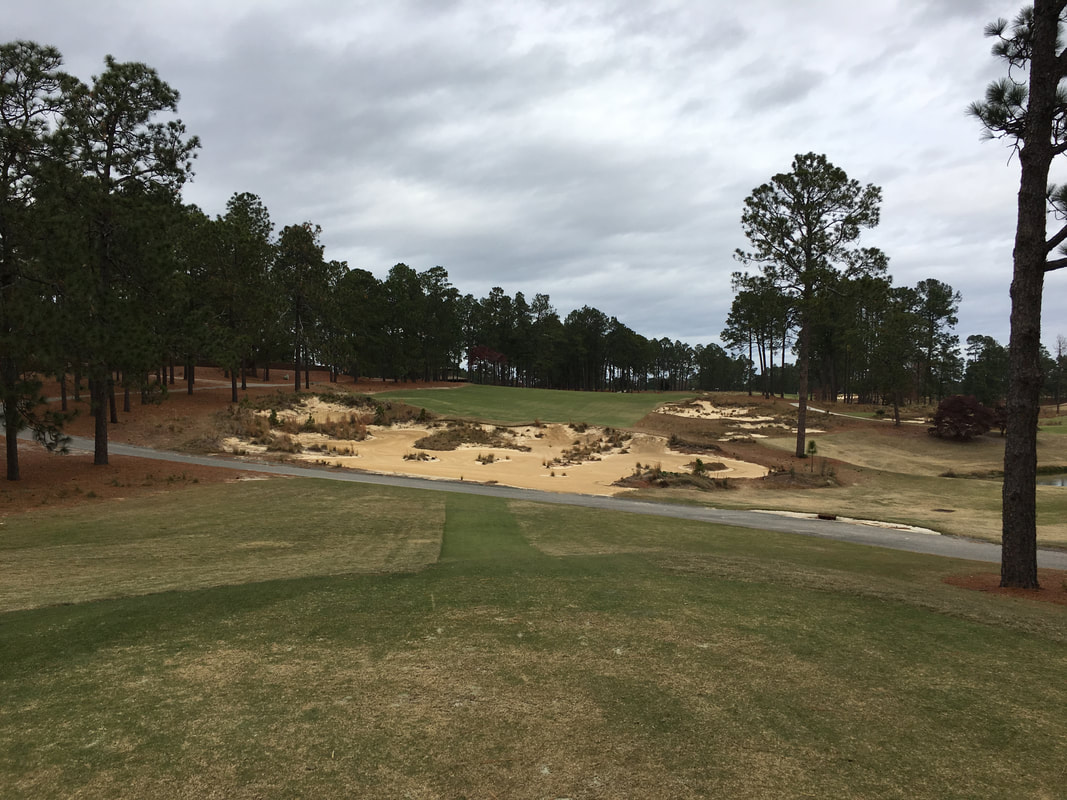
It's very important to hit a long drive up the right on five. While I thought that this was of the better holes on the Fazio course, the most memorable thing about the hole for me was how the head of my old Adams driver broke off and flew 60 yards off the tee when I hit my drive. Not sure where the ball went.
The par 3 sixth is very good, but deadly. Just take my word for it—don’t hit it over the green. Hanse did an excellent job of shaping this green complex; the left side of the green, with its small mounds and run-off 4 ft. downhill and 15 ft. away from the green is as good an attempt at a Pinehurst no. 2 style run-off as I’ve seen.
The par 4 seventh is a very good driving hole—all of the visible hazards are up the right and you should challenge them (1) because the green opens up from this side and (2) because the fairway runs out on the left. The green is another beauty, angled from front right to back left with two perpendicular ridges running through it.
The par 4 eighth has bunkers cutting through most of the fairway from the right. Laying up short of these will leave a blind shot but if you’re on the right side, the approach to the green will be open. The par 5 ninth will be a real challenge for most people who play this course because the fairway is cut off by about a 70 yard-long hell’s half acre hazard starting probably 220 from the green. Lay up to the right here because the green is open (but semi-blind) from this angle.
The medium-length par 4 tenth plays to a wide fairway, but with a bunker pinching in on the left where a long driver might want to hit it. The approach is over a bunker that’s actually well short of the green which again, is very elegant (the junk to its left, not so much).
The short par 3 eleventh is new and helps the flow of the routing in this area. You used to walk halfway down what is now this hole for the eleventh, which was just the current twelfth with an awkward dogleg. As of mid-October 2020, Google Maps shows the current version of the course while Google Earth shows the Fazio version. So we can compare them.
The new green embodies a principle that I’ve always liked: err short and you have more room wide to miss. The deeper you go, the narrower the green becomes. And the bunkers are pretty deep, so a back-and-forth across the green is a possibility. Clearly the players in the 2019 US Amateur hadn’t learned these lessons because this short par 3 was the 3rd hardest hole on the course in the opening stroke play rounds.
The new green embodies a principle that I’ve always liked: err short and you have more room wide to miss. The deeper you go, the narrower the green becomes. And the bunkers are pretty deep, so a back-and-forth across the green is a possibility. Clearly the players in the 2019 US Amateur hadn’t learned these lessons because this short par 3 was the 3rd hardest hole on the course in the opening stroke play rounds.
The long par 4 twelfth features a semi-blind drive where you want to go down the left side to shorten the hole. The green is two-tiered from back to front and completely open in front. The back tier is shallow and I suspect that this is to encourage a run-up shot—you’ll need to put a lot of spin on the ball to land and stop it up there. But we had a front pin and as you can see, it wasn’t so hard to get at.
We go down the hill and to the left for the par 5 thirteenth tee. If you look left, you’ll see another green. I couldn’t figure out what that hole was—it didn’t look like there was another course nearby. Well, it’s actually the old par 3 twelfth on the Fazio course. Apparently my memory for golf holes isn’t as good as I thought… But the once and current thirteenth hasn’t changed much. You still drive out to a pond, which you can carry to go for the green, or play safe with a shorter carry to the right. The further right you bailout on the lay-up, the trickier the approach to any front pin because there’s a rise short and right of the green that will a less-than-precise pitch offline.
The long par 3 fourteenth over the pond is probably the least-changed hole on the course. But the short par 4 fifteenth is an improvement because while Fazio made us drive to the top of the hill to play the drive, Hanse gives us a very English-looking, uphill drive from near the pond. As is appropriate for a blind drive, the landing area is generous. But the green is one of the best, with a series of little ridges coming in from the right side.
Sixteen is another hole which Hanse changed substantially. It used to be a medium length par 4 with kind of an awkward dogleg left. Hanse has moved both the tee and green closer to each other and made it a drivable par 4. There’s a cluster of bunkers that crosses most of the driving area but it’s probably only about 150 to carry them. The hole is dictated by the shaping around the green and you can make out the major feature from the tee: a mound on the right side of the green. Thinking backwards, you should realize that if you’re approaching from the right side of the fairway, you’ll have to play over this mound. Therefore you should play up the left side. This is even more true than you might think because the green is on a narrow plateau angling from front left to back right. A pitch from the front-left is easy but if you hit it down the right side of the fairway, unless you’re a very good wedge player, it’s very easy to miss the green. It’s a textbook example of both a drivable par 4 and how to use contours rather than bunkers to generate strategy.
The seventeenth is one of the most demanding driving holes on the course, with a left-to-right sloping fairway and a bunker in the left-center right where you want to drive it. It’s a long par 5, so you’ll probably be laying up. And the lay-up is tricky, with staggered bunkers right then left. The green is among the more receptive on the course, but that’s appropriate because the two previous shots have been demanding.
Eighteen extends a Pinehurst area tradition: the great long par 4 finishing hole. I remembered liking the Fazio version and comparing Google Maps to Google Earth, they’re fairly similar. But the Hanse version has a bit more bite; it’s a bit more of an S-shaped hole than before, with the bunker on the left off the drive cutting in a bit more and the waste area on the approach angling in from the right rather than crossing the fairway. The approach reminds me a bit of the approach to eighteen on no. 2, but this green is a bit wider and there’s no bunker on the high left side. But it’s definitely a strong contender for best eighteenth hole in the sand hills, so it’s a good one.
Pinehurst no. 4 is a very well-balanced test of golf. Some holes really reward length. It almost never feels tight off the tee, but there’s always an advantage to being on one side of the fairway as opposed to the other. The green complexes are fantastic; they’re open and receptive from the proper spot in the fairway. Several have false fronts, but most have simple, flat entrances (from the right angle). The variety of contour is excellent. Some are fairly flat (1, 11, 17), some flat but pitched (8, 18), but most have a bunch of little ridges and bumps that require you to think about the pin placement and not stray too far from it (2, 3, 7, 10, 15).
The course exudes one thing above all: that Gil Hanse and company really cared about what they were doing here. They understood the historic nature of their task and put a lot of thought into designing and shaping these holes. But they were also cognizant about not overdoing it. The course is challenging, but it never really feels intimidating. None of the drives (except maybe on seventeen) feel narrow. Unlike some of the shots on no. 2, you’re never standing on the tee or in the fairway thinking ‘how the hell am I supposed to hit this green?’ It played about 3.5 shots easier than no. 2 in the two stroke play rounds of the 2019 US Amateur, but it still averaged 73.36 shots on a par of 70. I’m not sure where I’d rank no. 4 among the area’s many great courses, but I definitely look forward to returning so that I can think about it a bit more.
The course exudes one thing above all: that Gil Hanse and company really cared about what they were doing here. They understood the historic nature of their task and put a lot of thought into designing and shaping these holes. But they were also cognizant about not overdoing it. The course is challenging, but it never really feels intimidating. None of the drives (except maybe on seventeen) feel narrow. Unlike some of the shots on no. 2, you’re never standing on the tee or in the fairway thinking ‘how the hell am I supposed to hit this green?’ It played about 3.5 shots easier than no. 2 in the two stroke play rounds of the 2019 US Amateur, but it still averaged 73.36 shots on a par of 70. I’m not sure where I’d rank no. 4 among the area’s many great courses, but I definitely look forward to returning so that I can think about it a bit more.
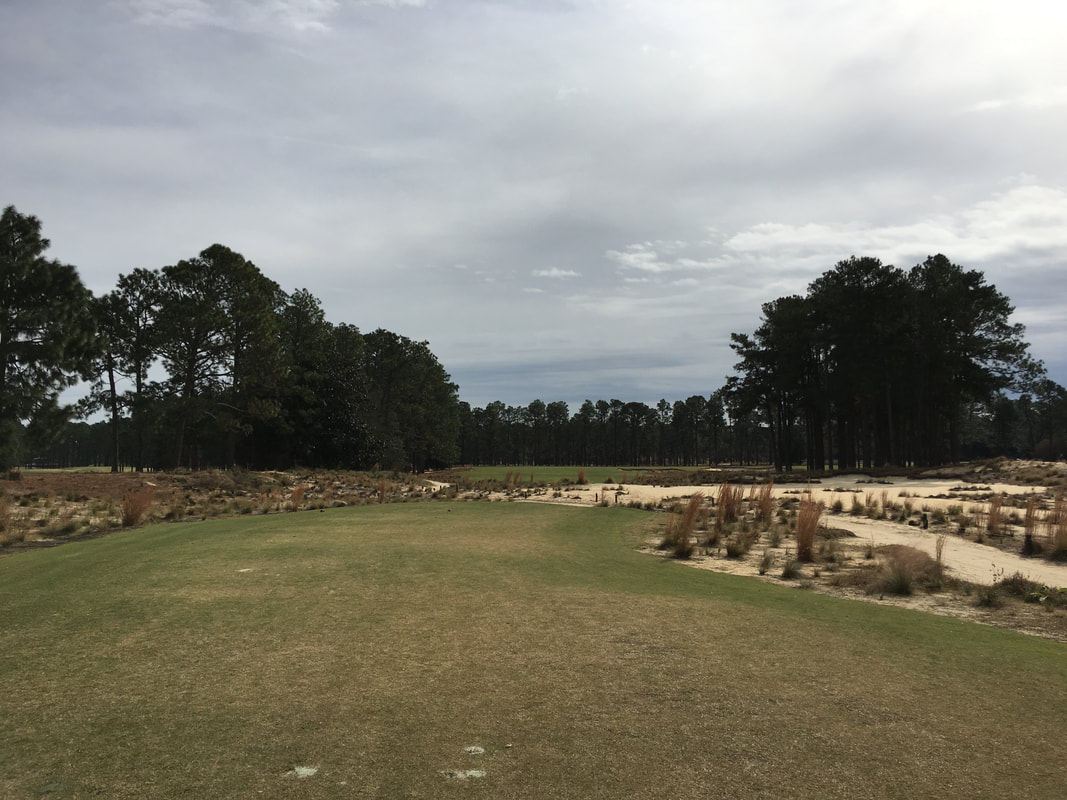
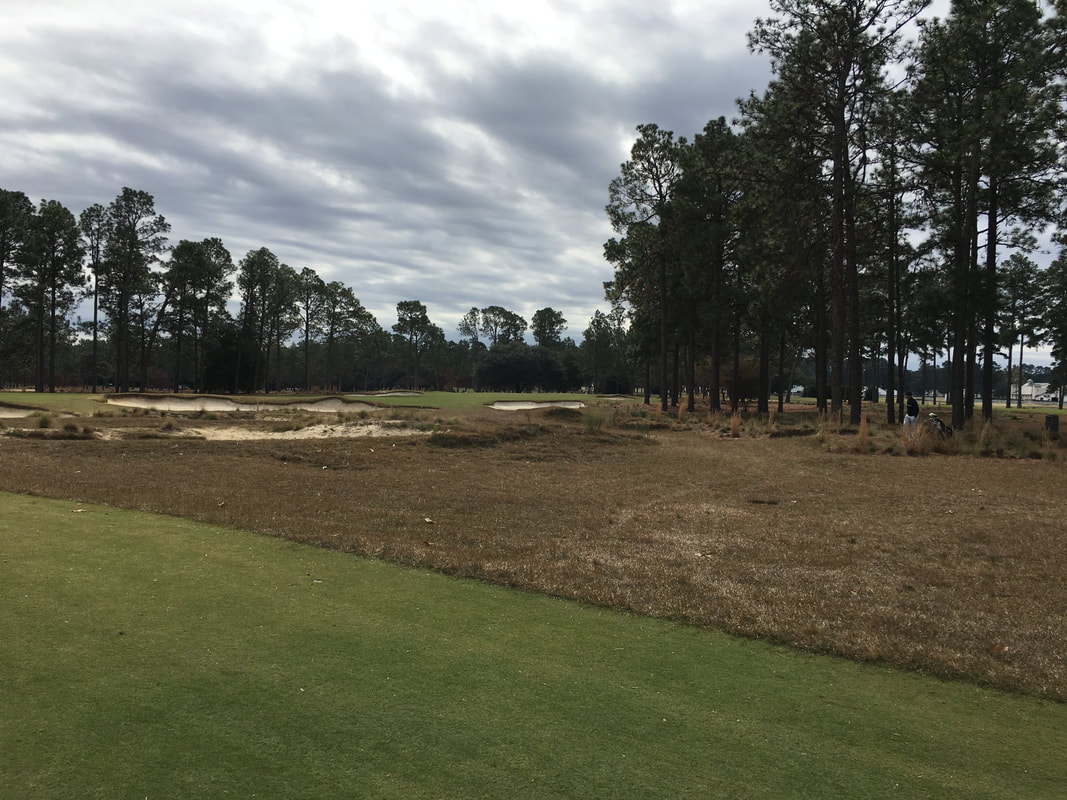
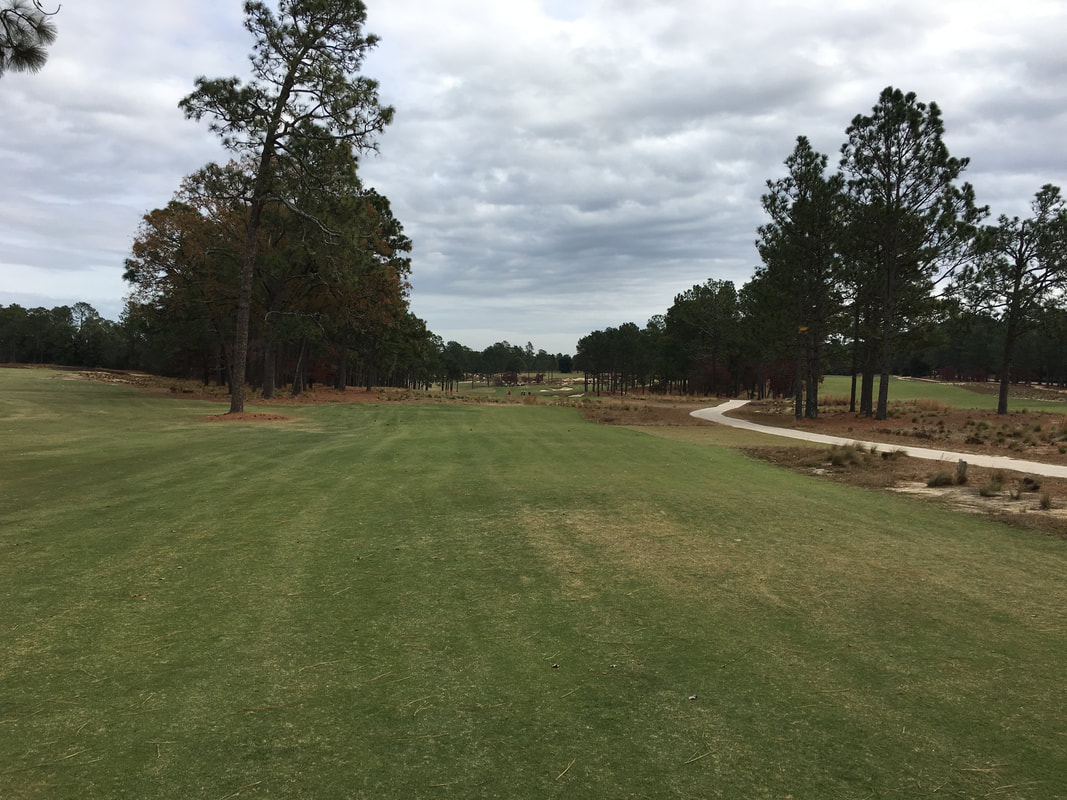
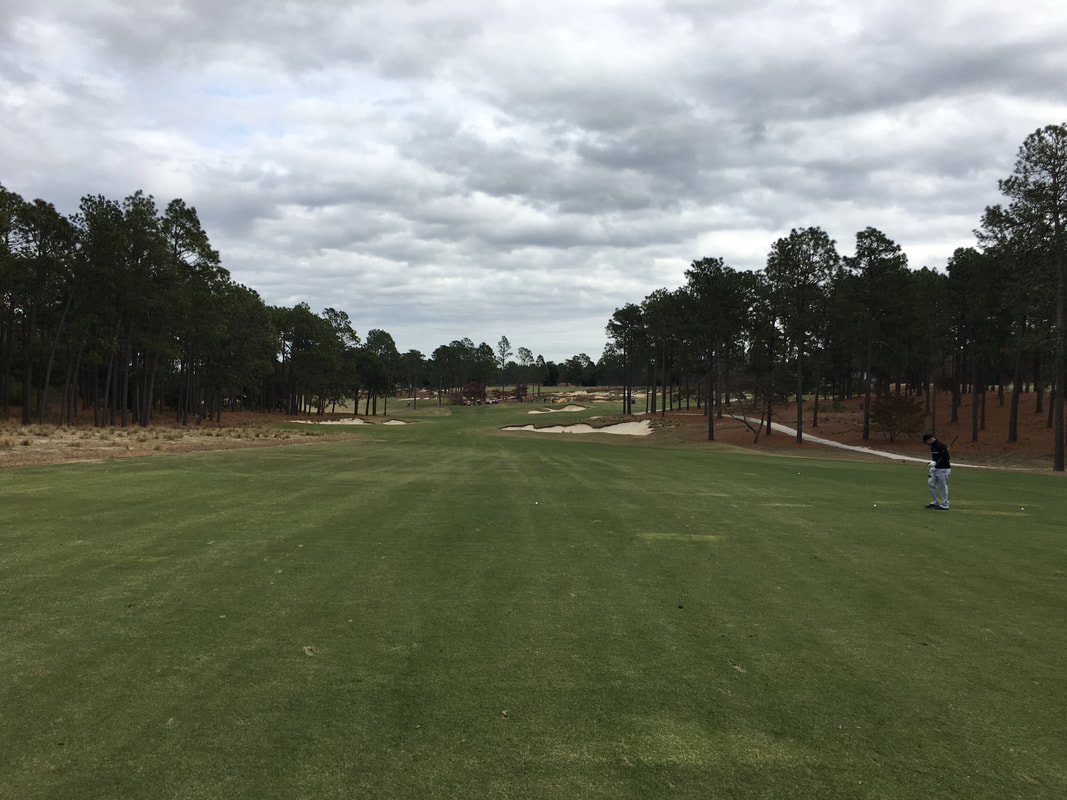
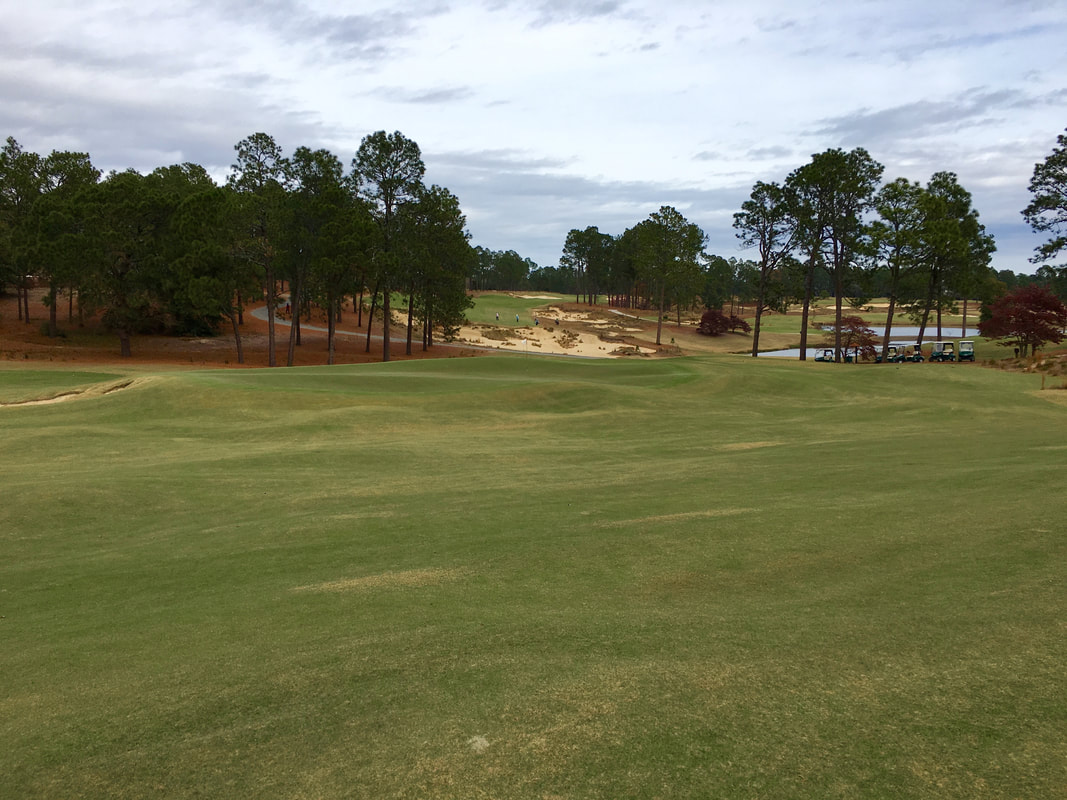
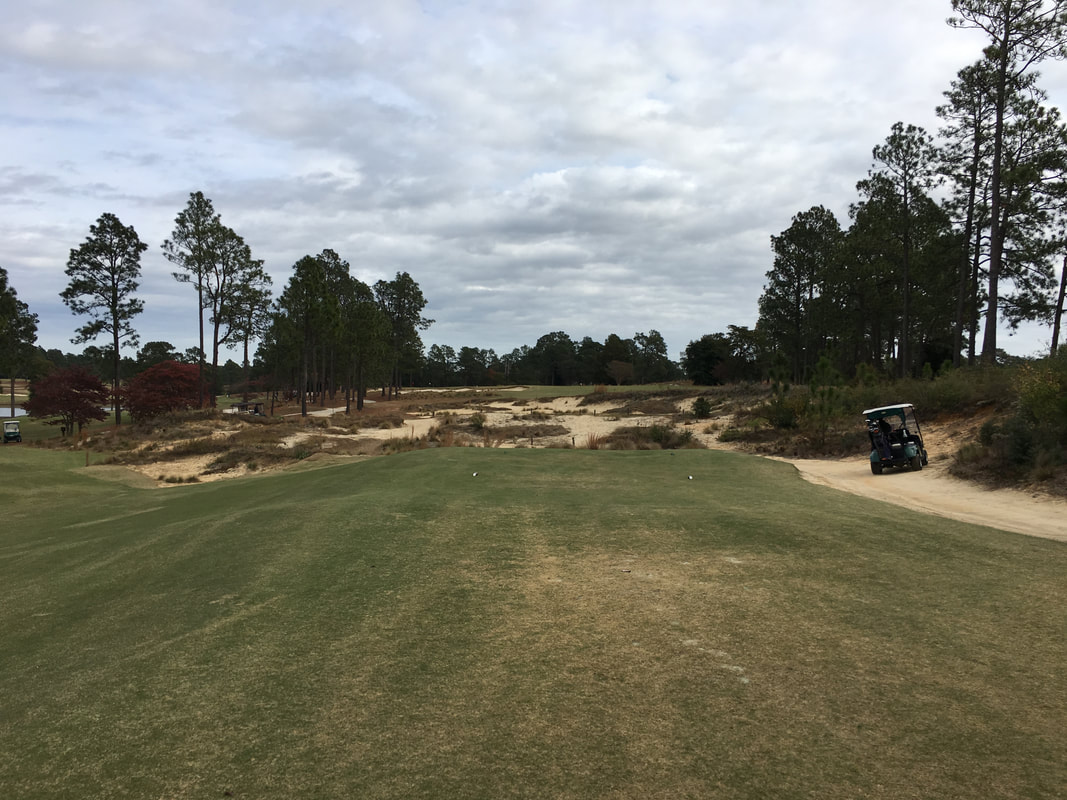
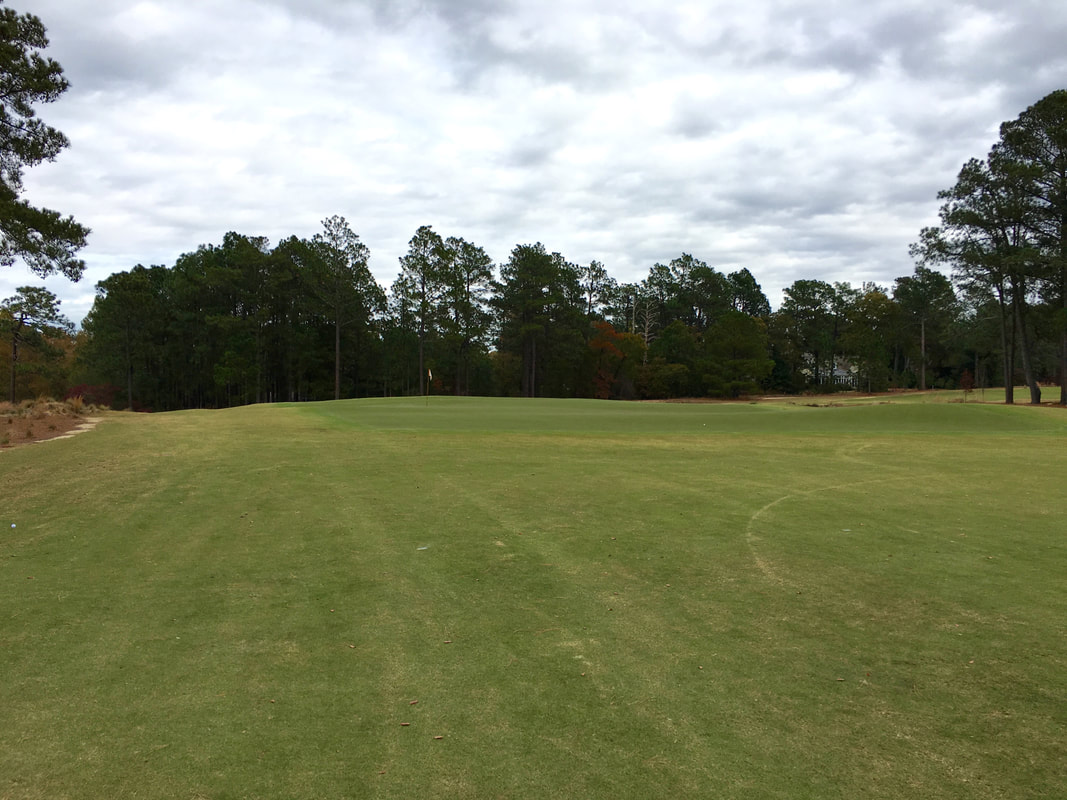
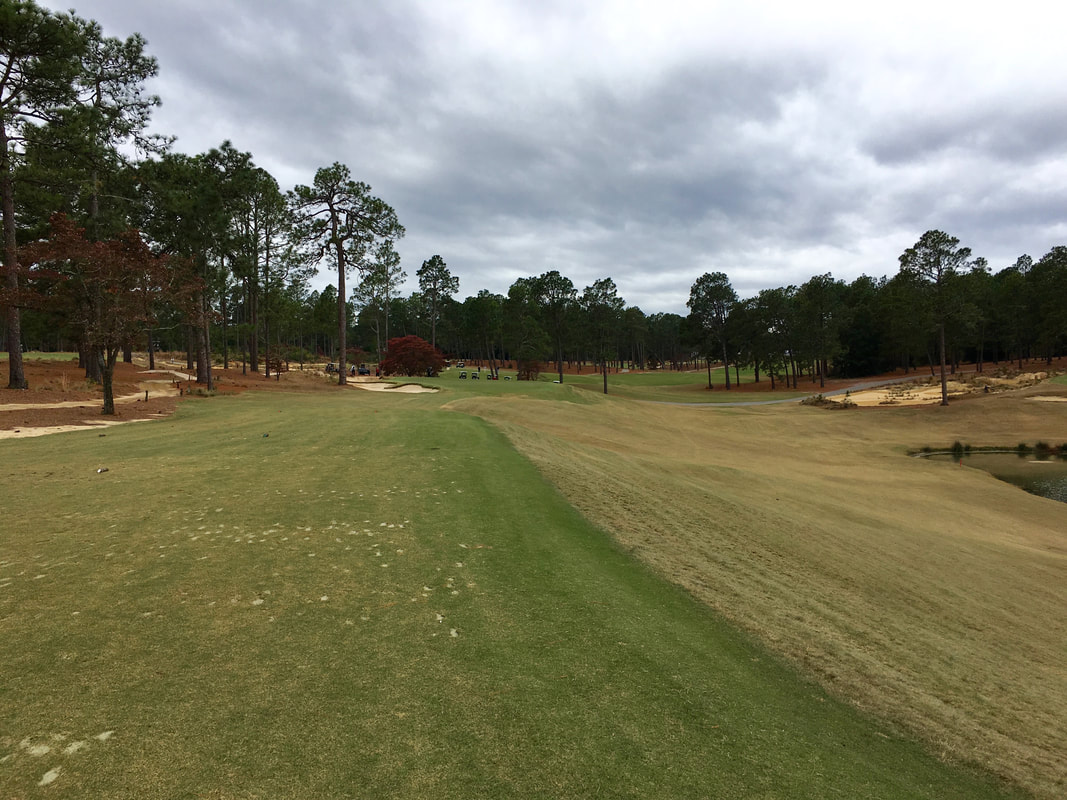
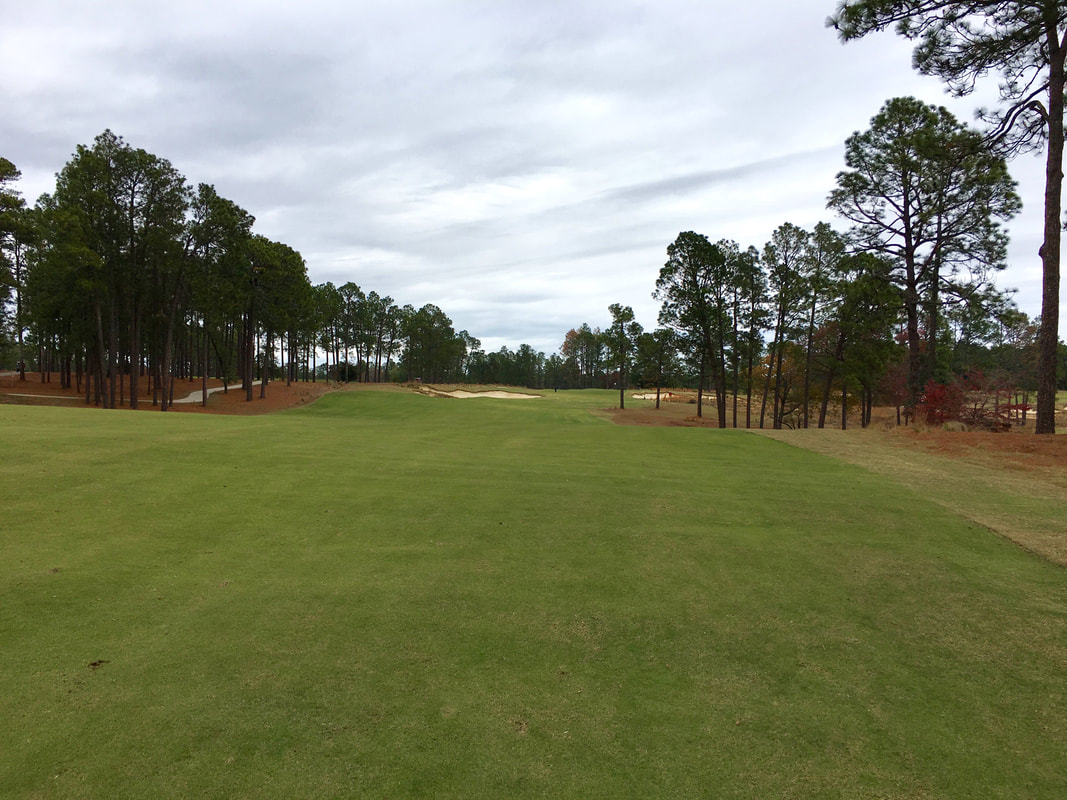
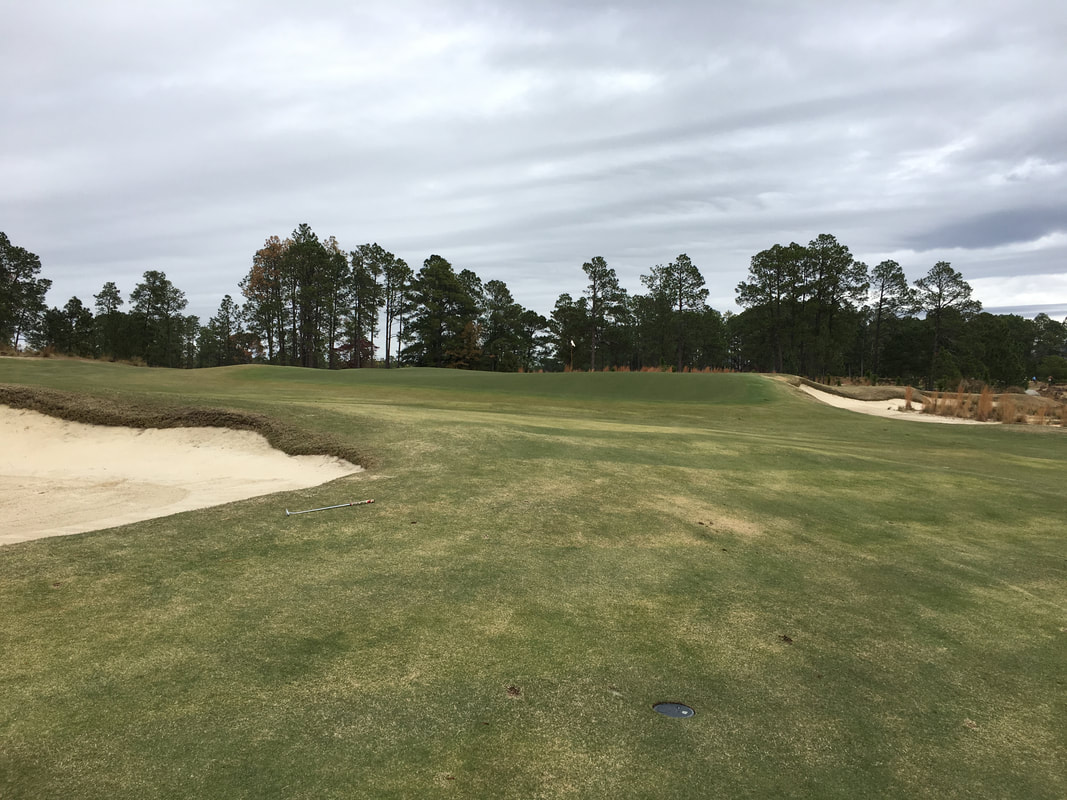
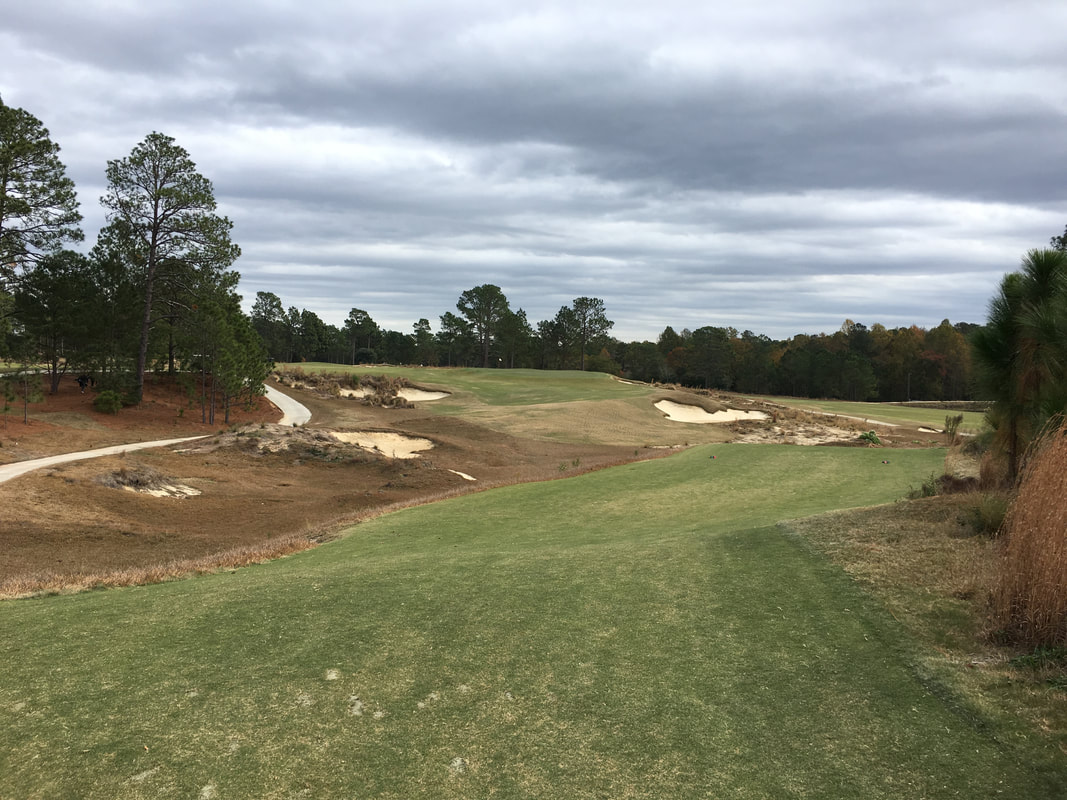
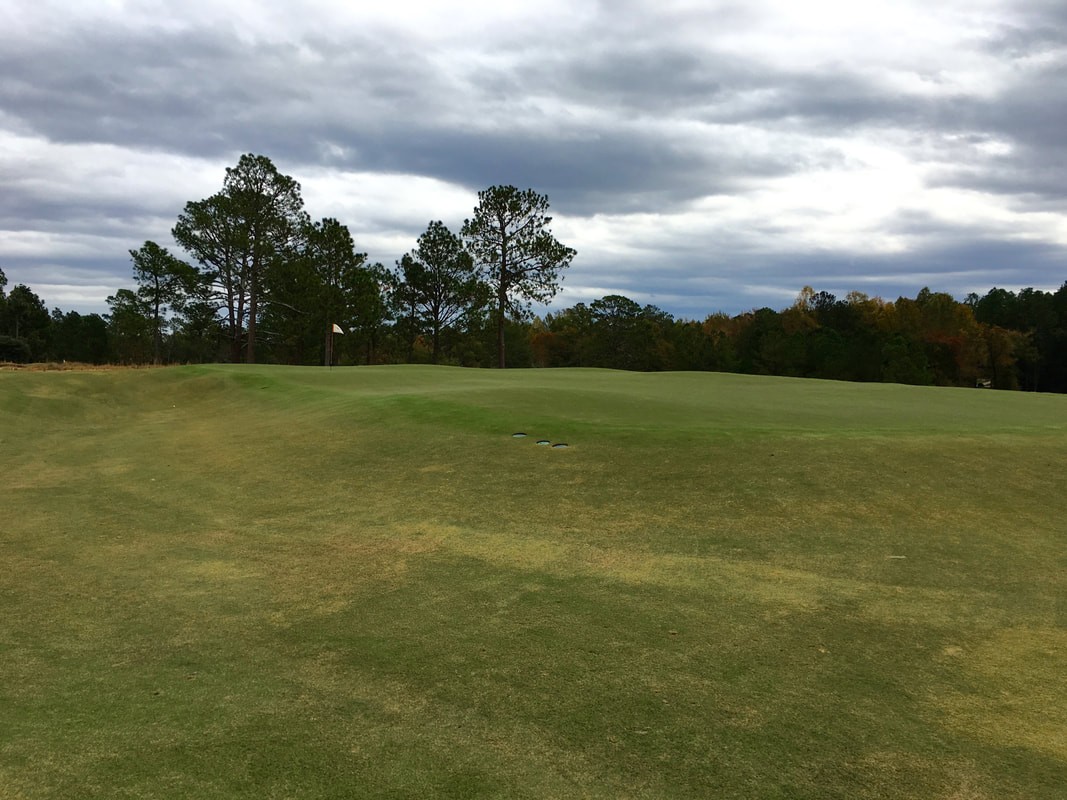
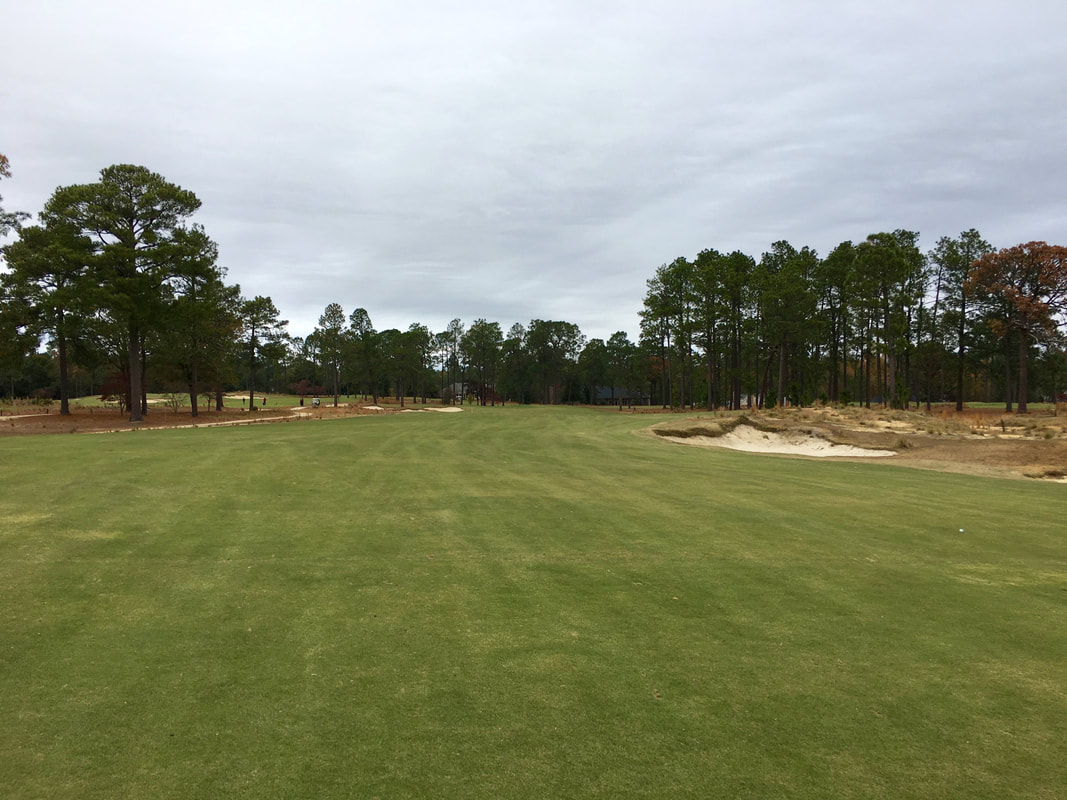
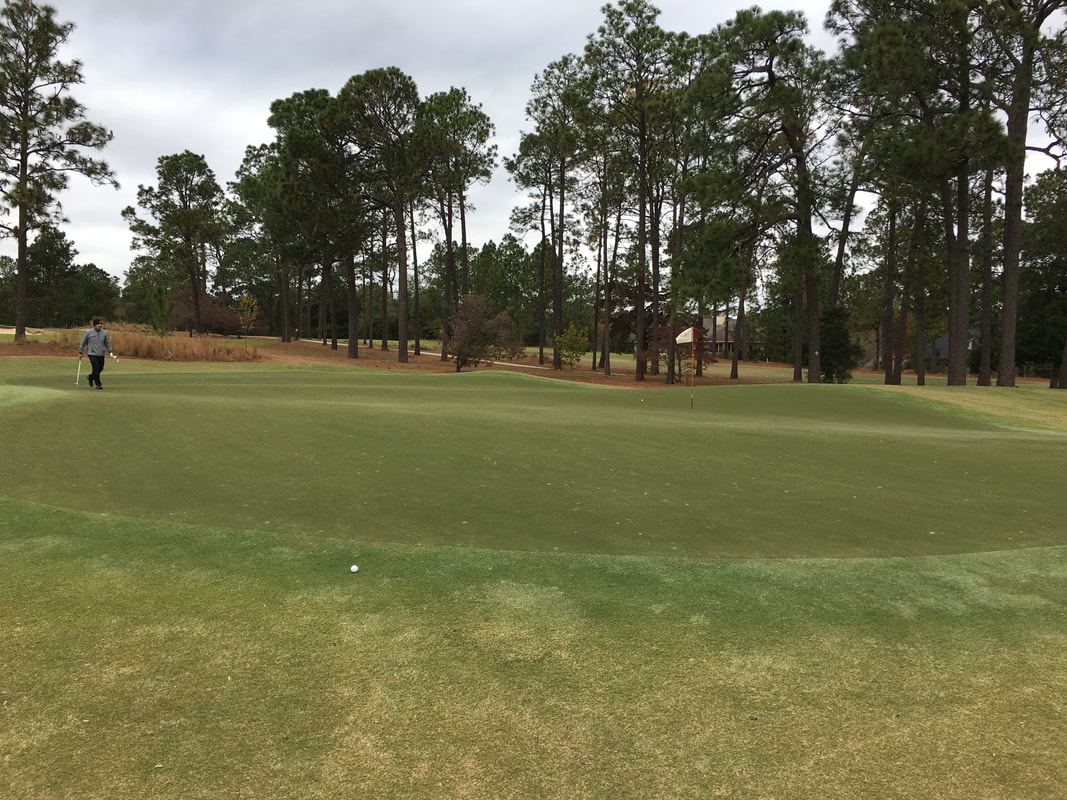
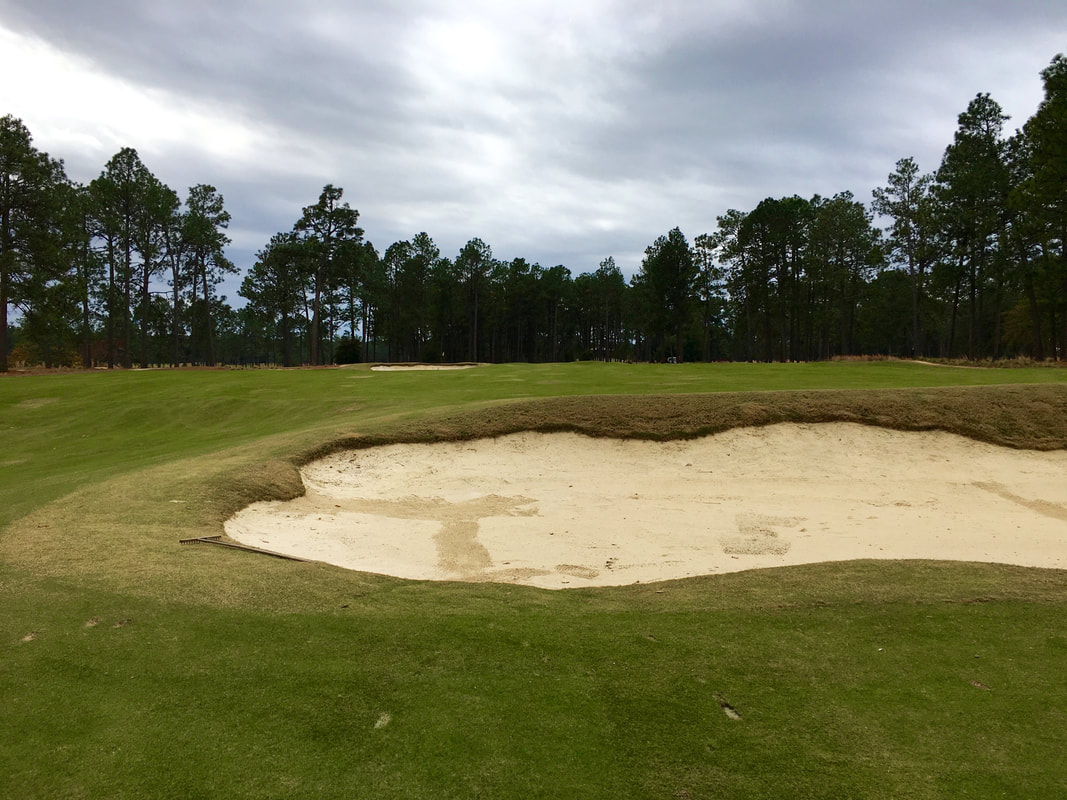
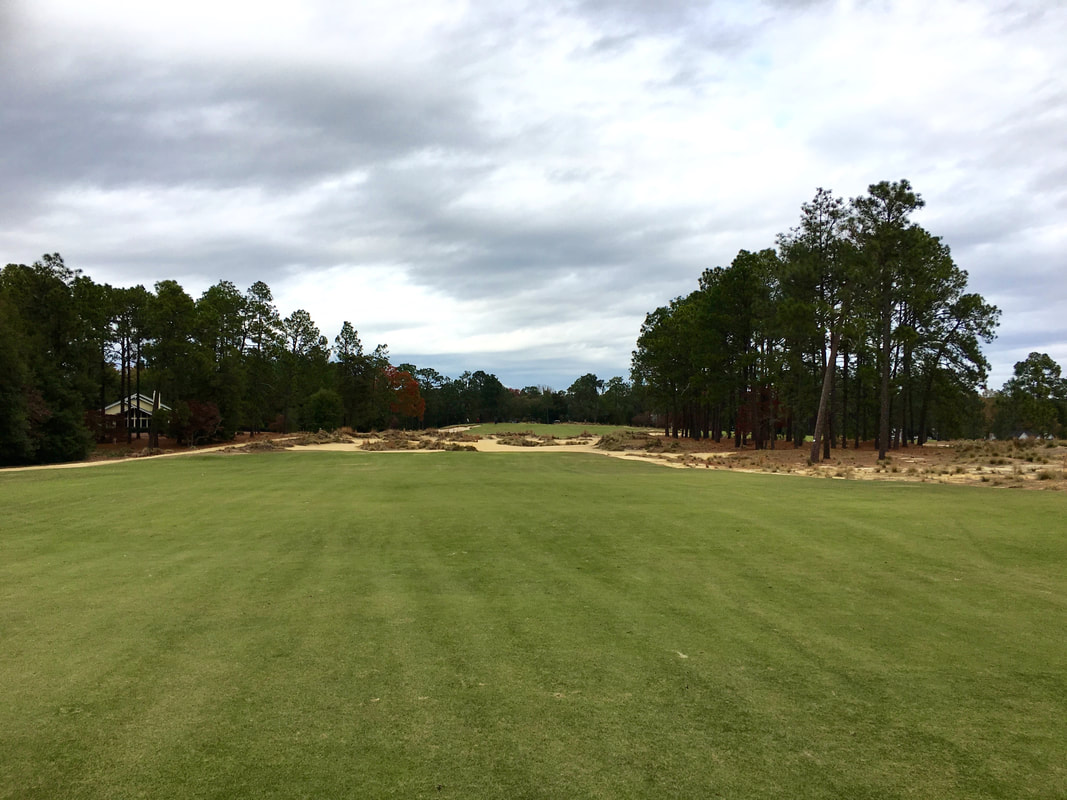
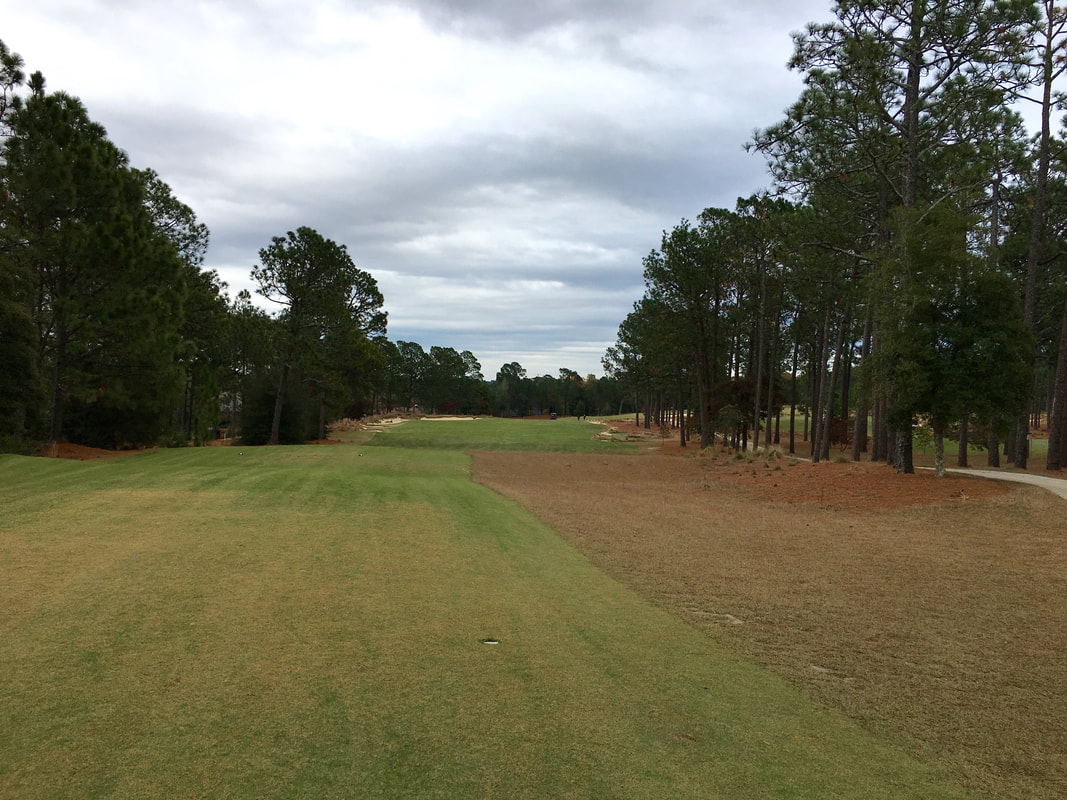
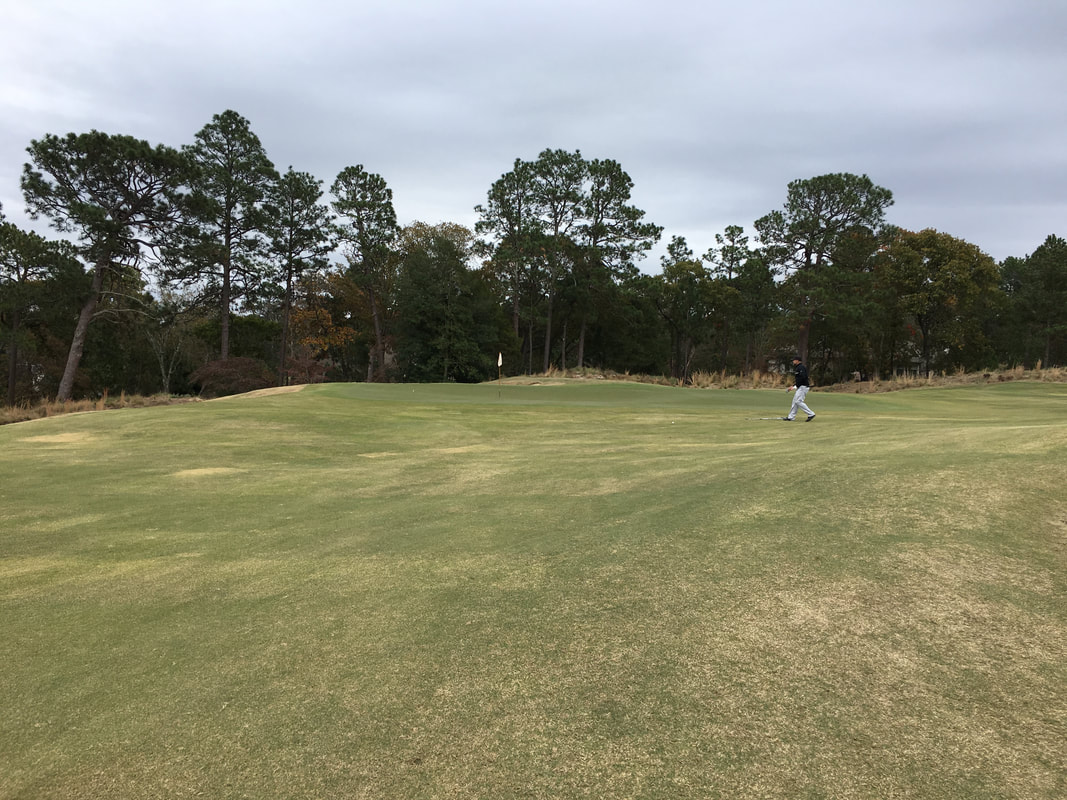
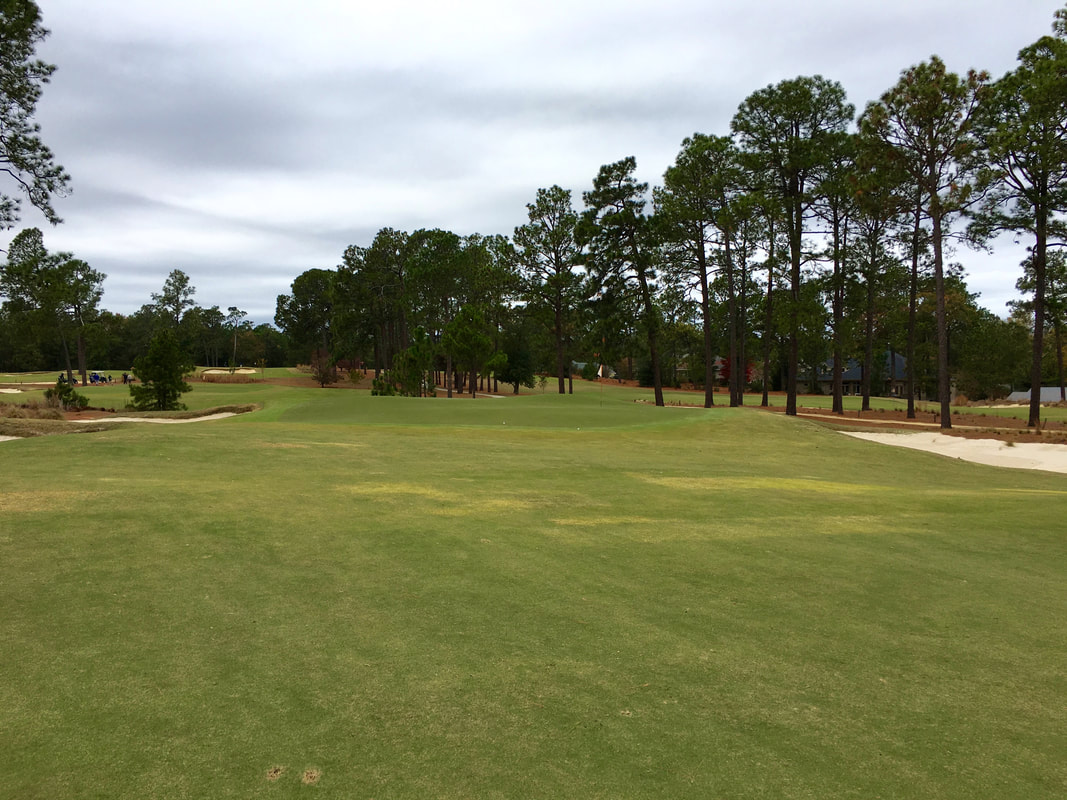
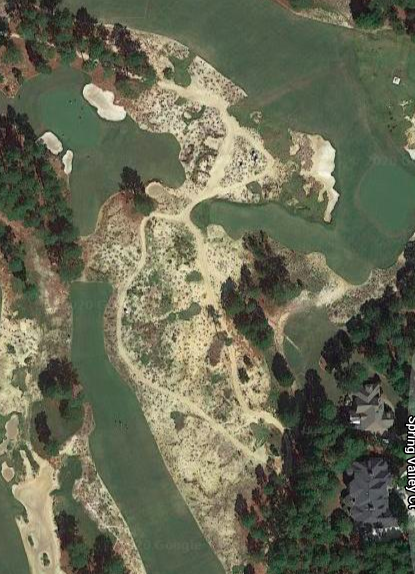
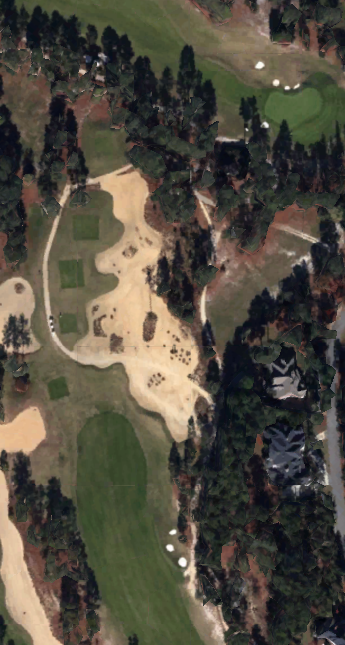
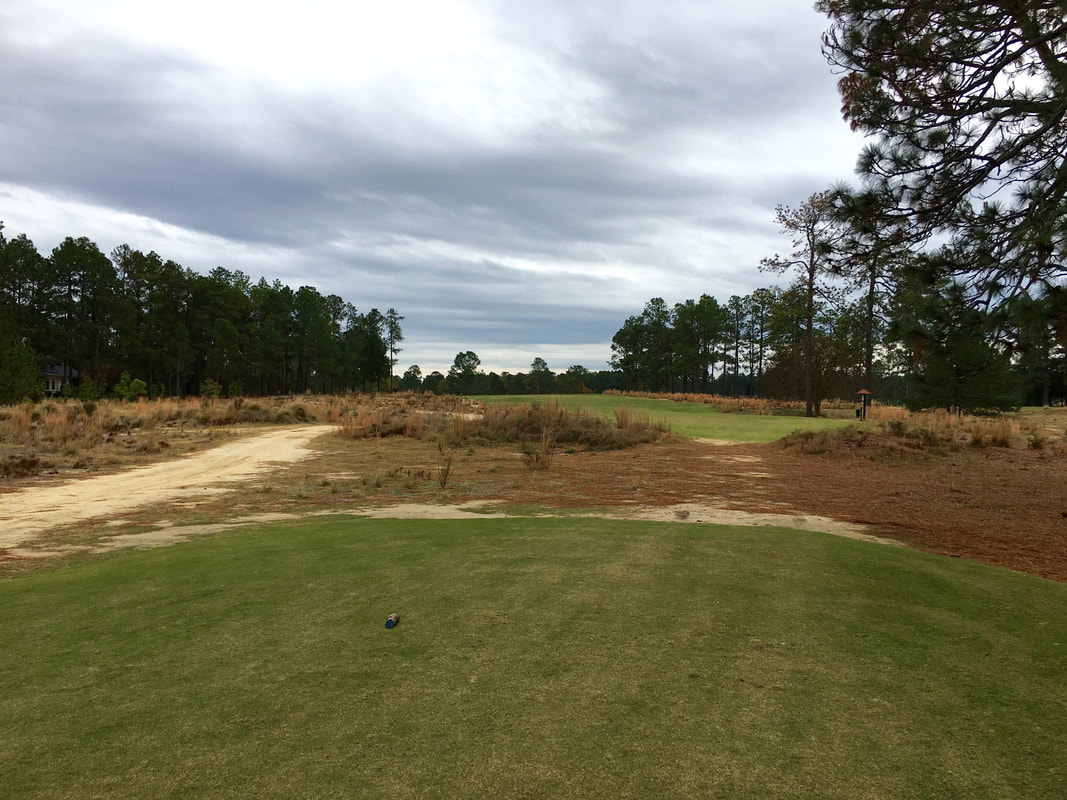
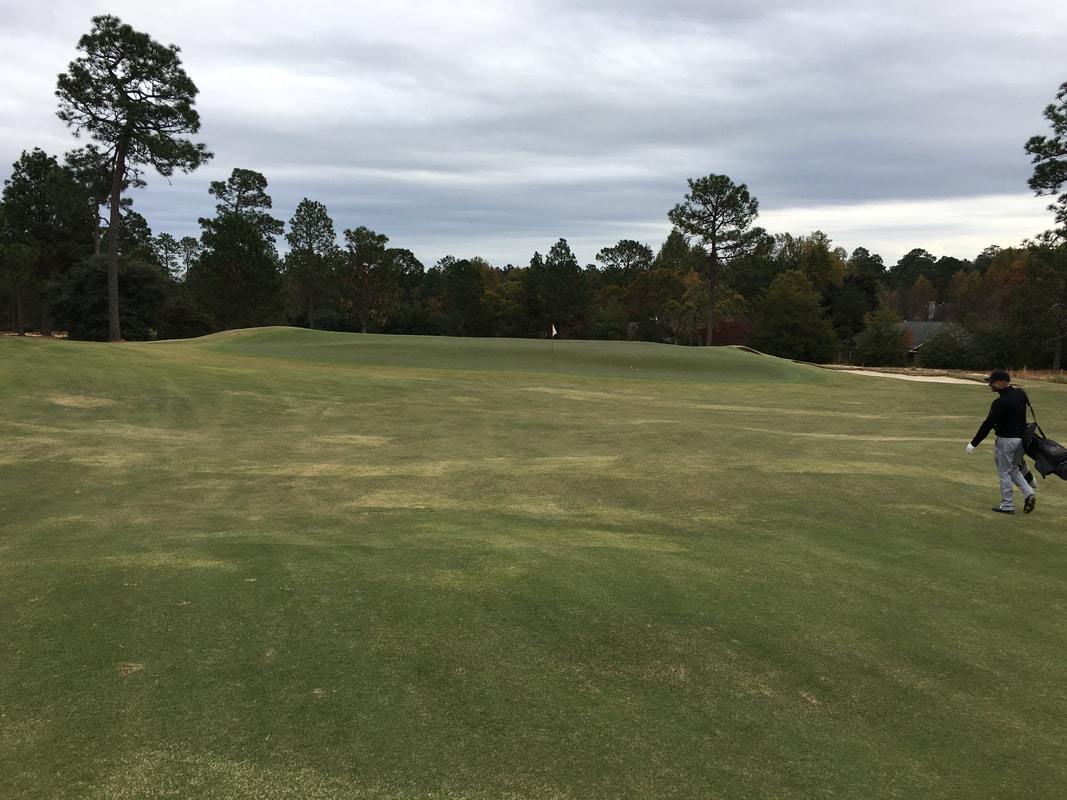
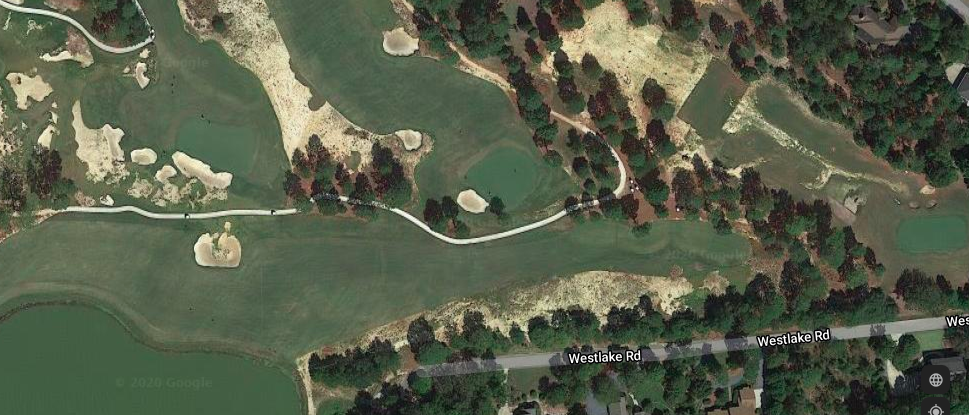
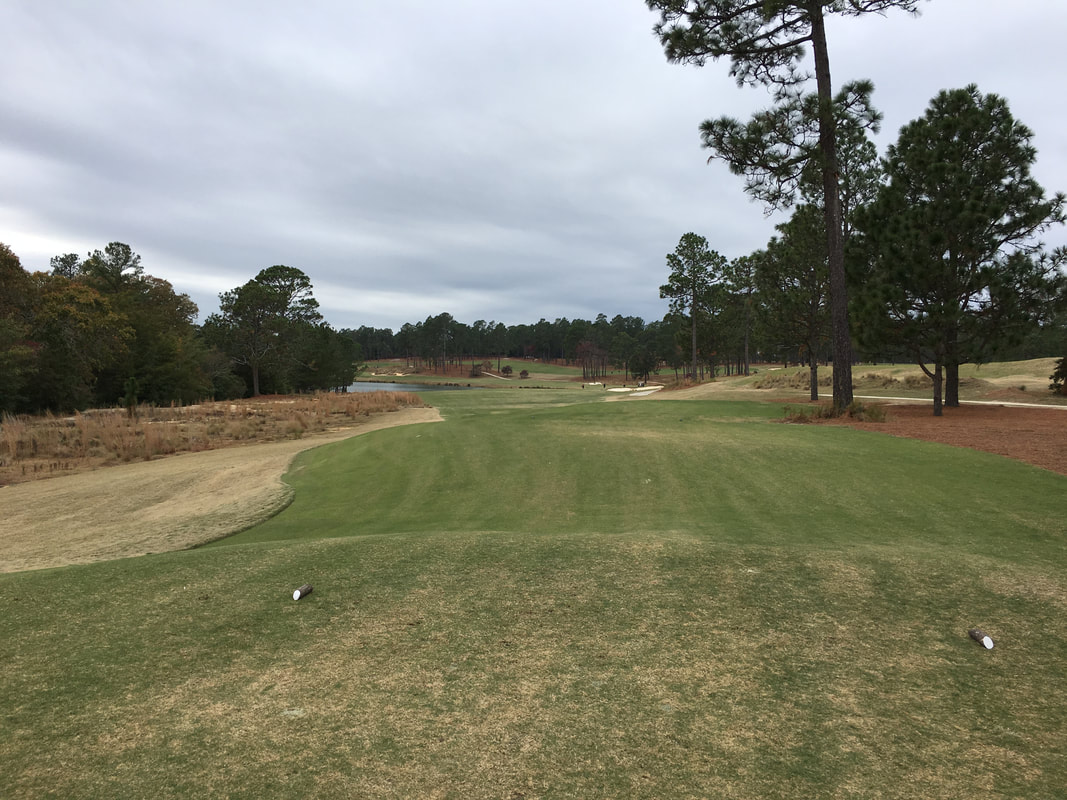
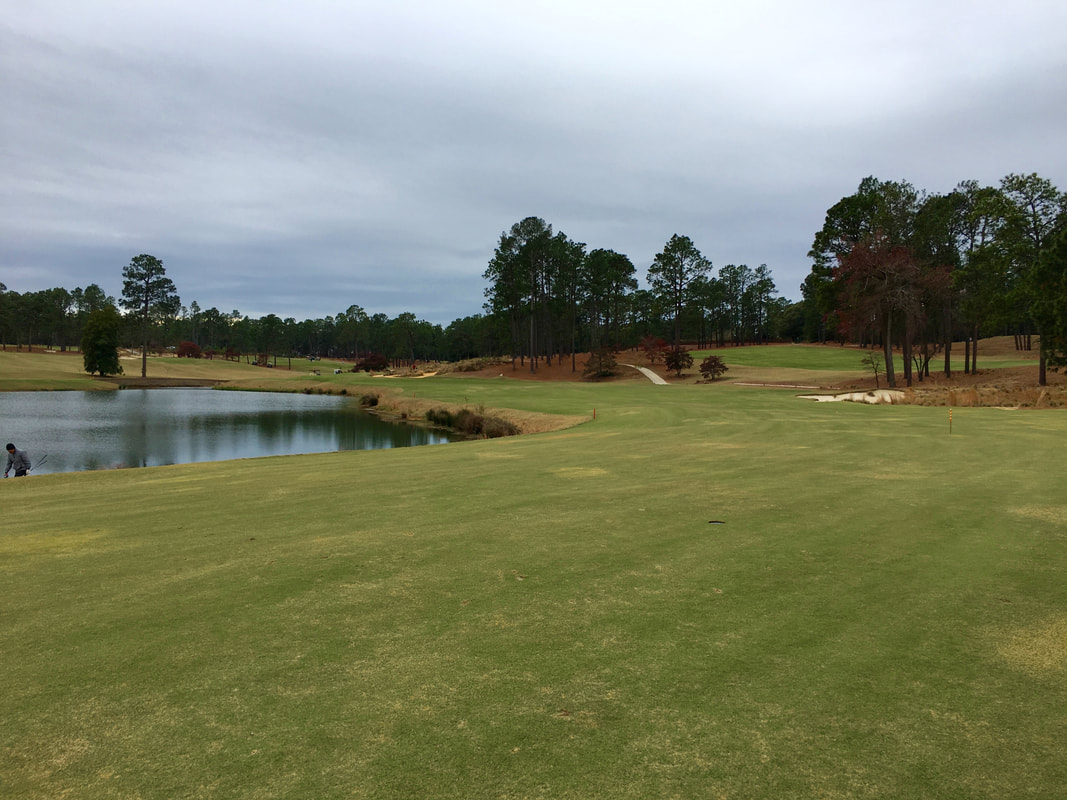
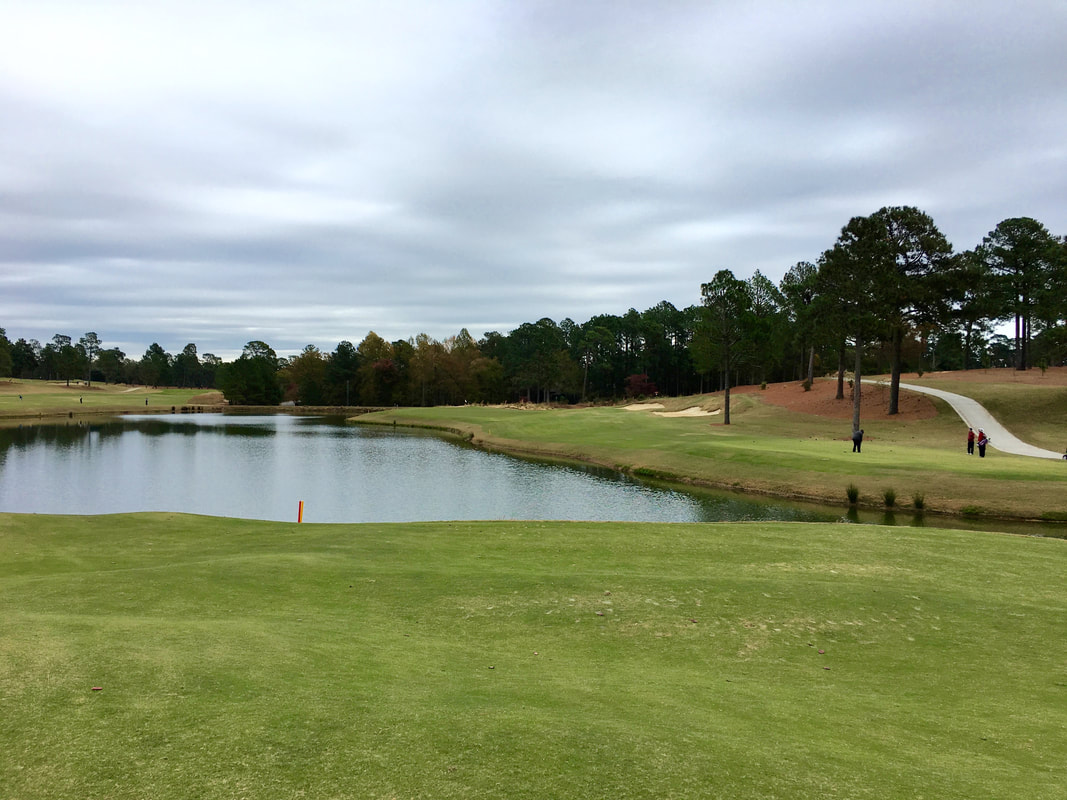
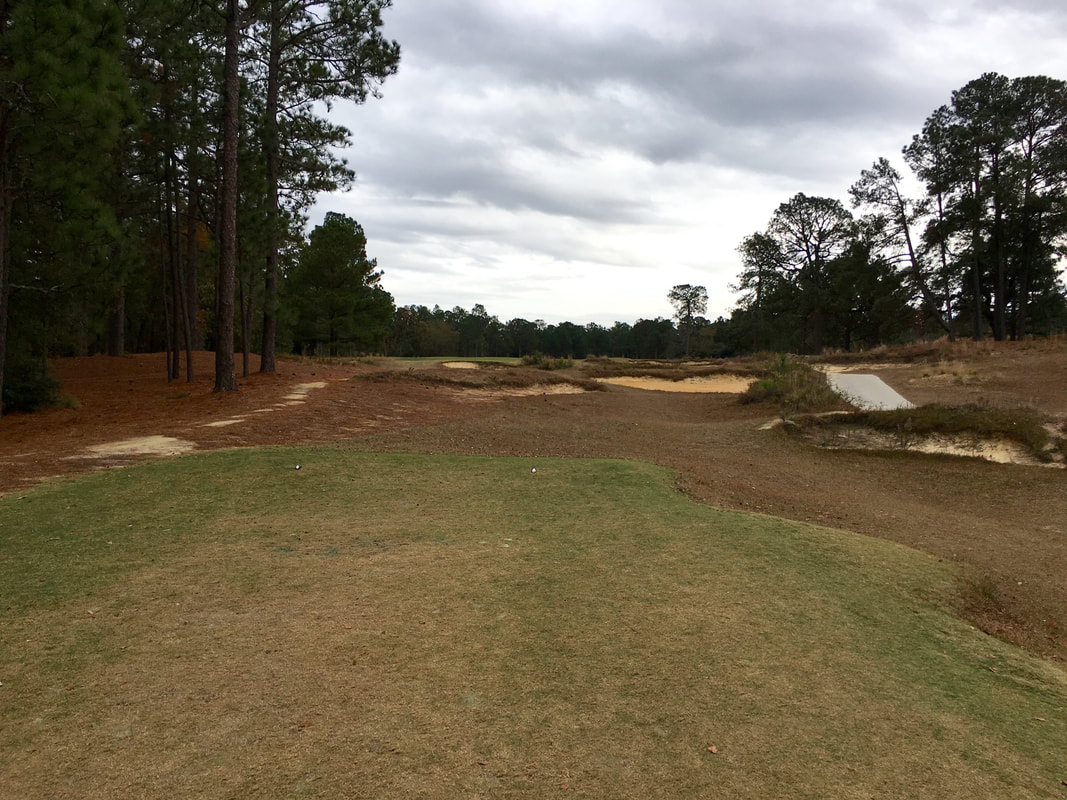
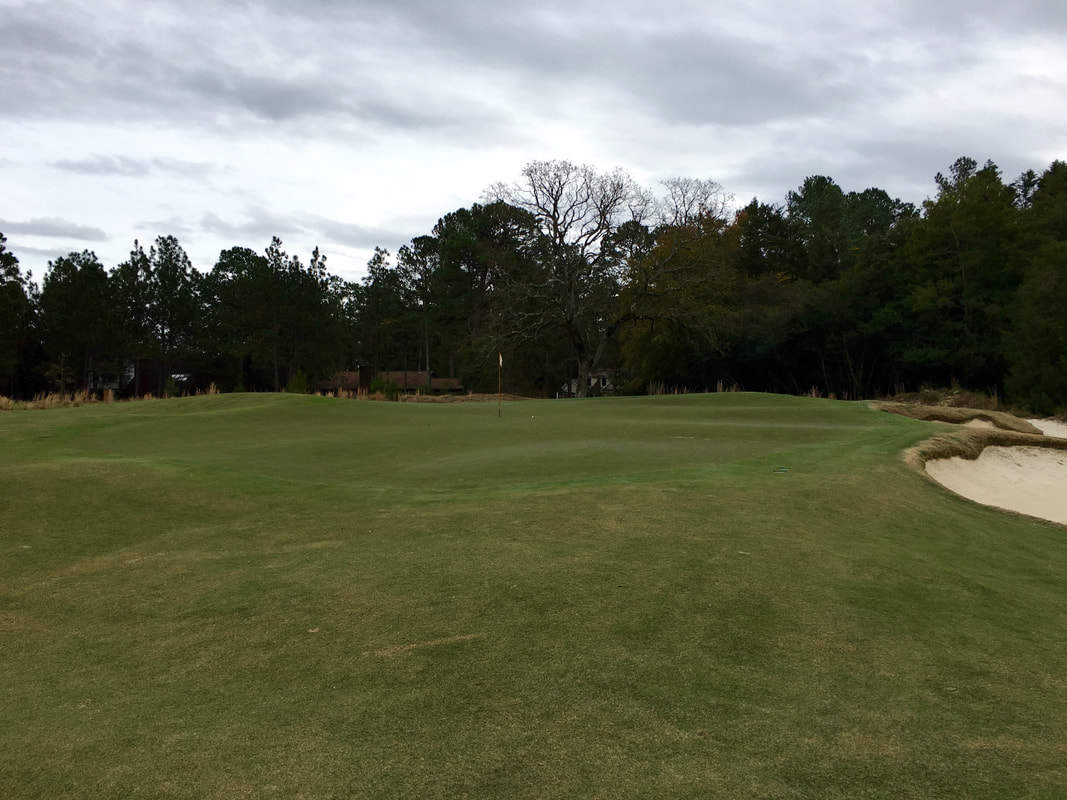
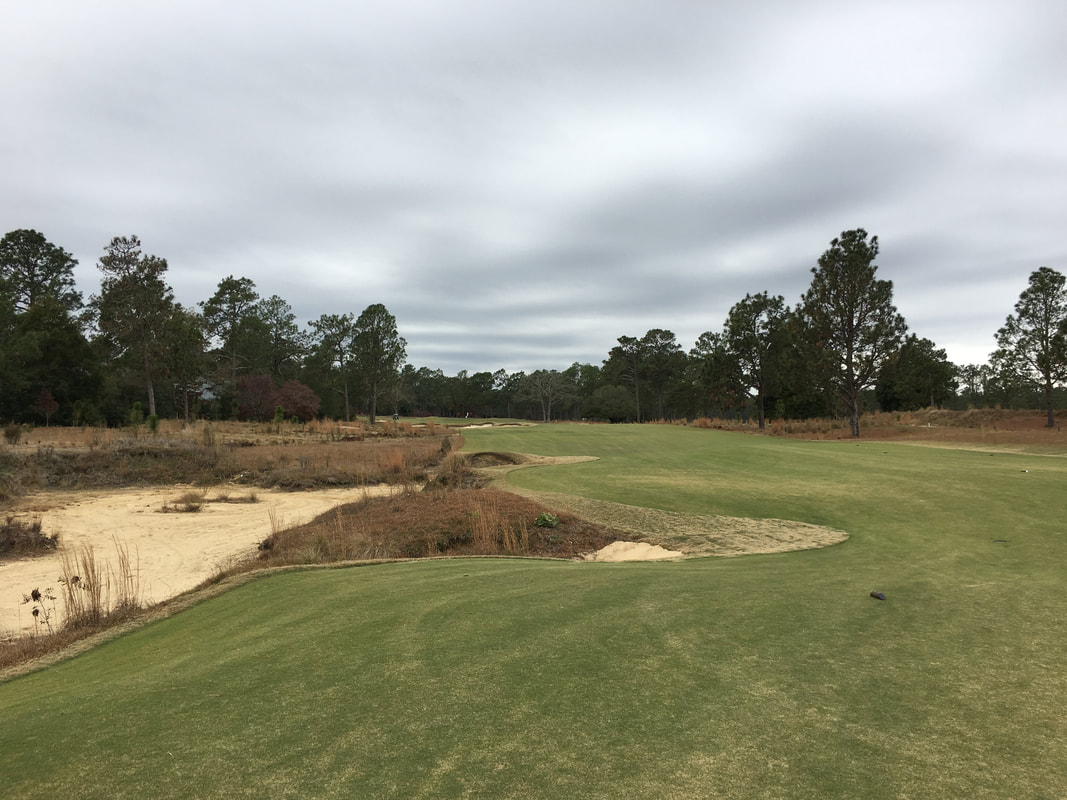
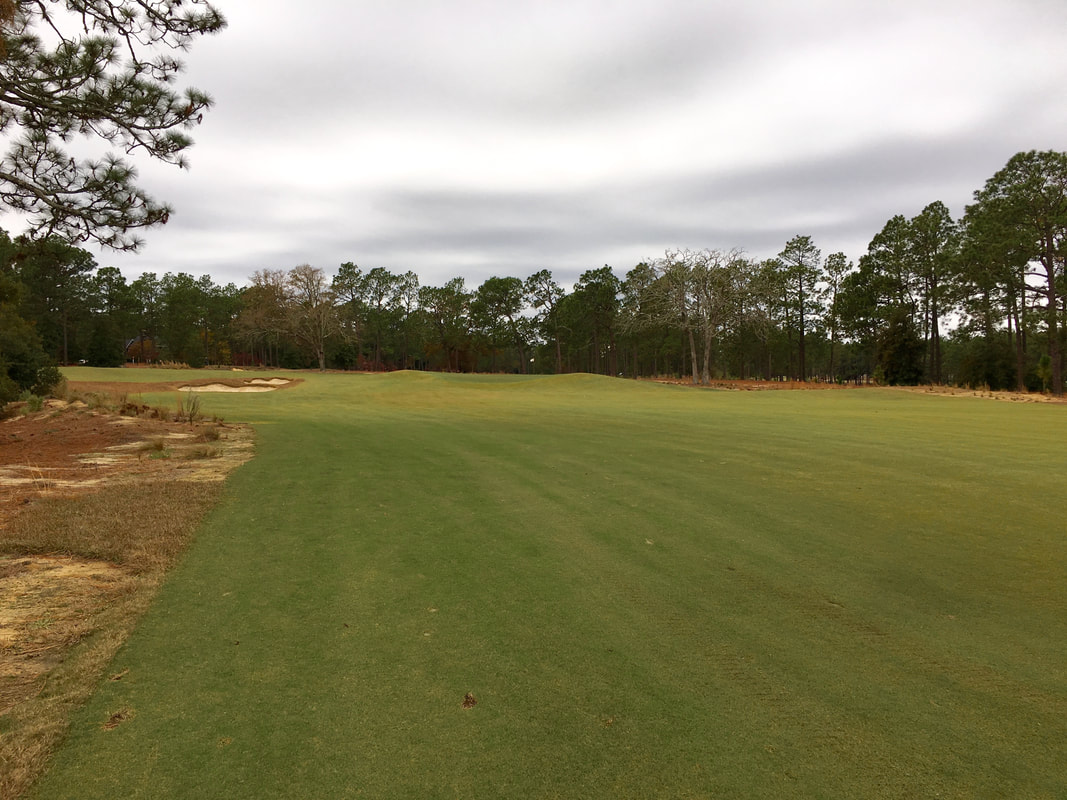
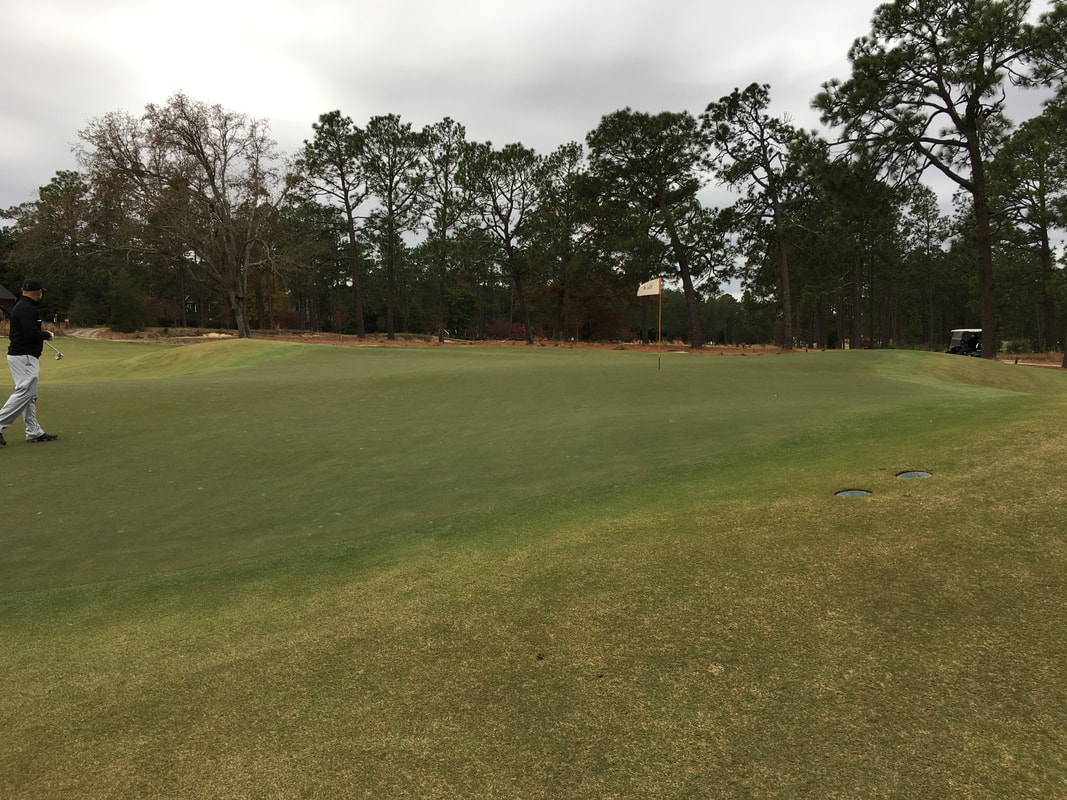
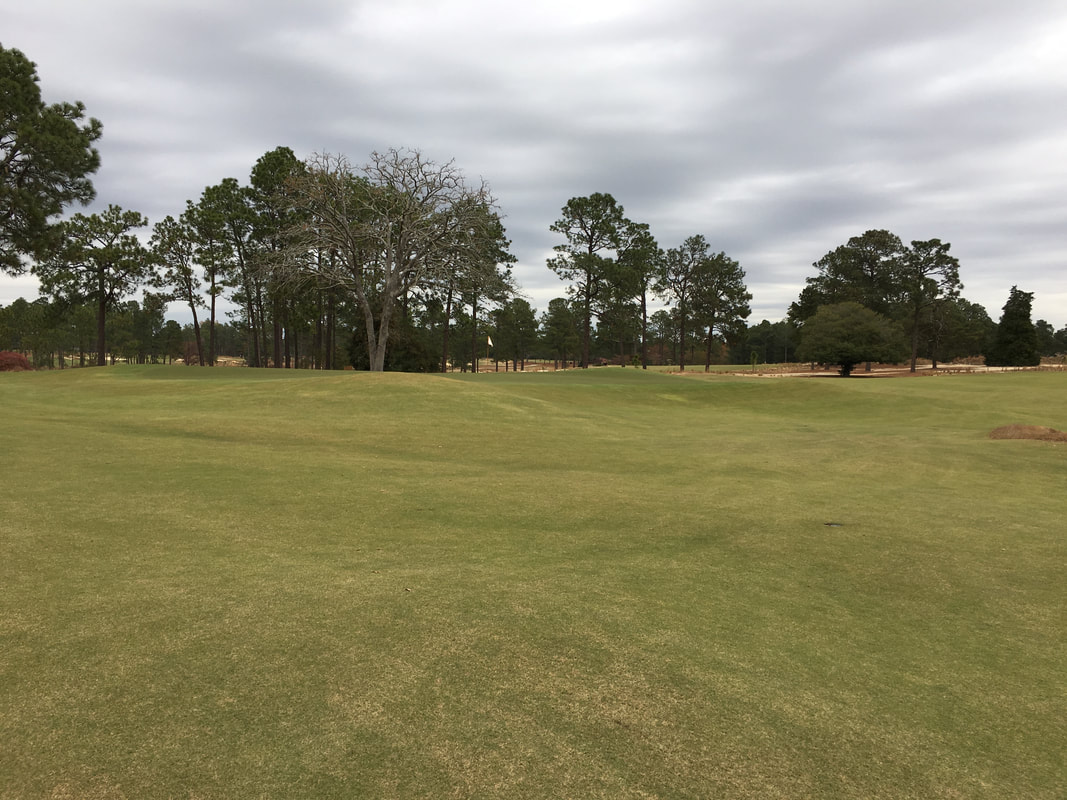
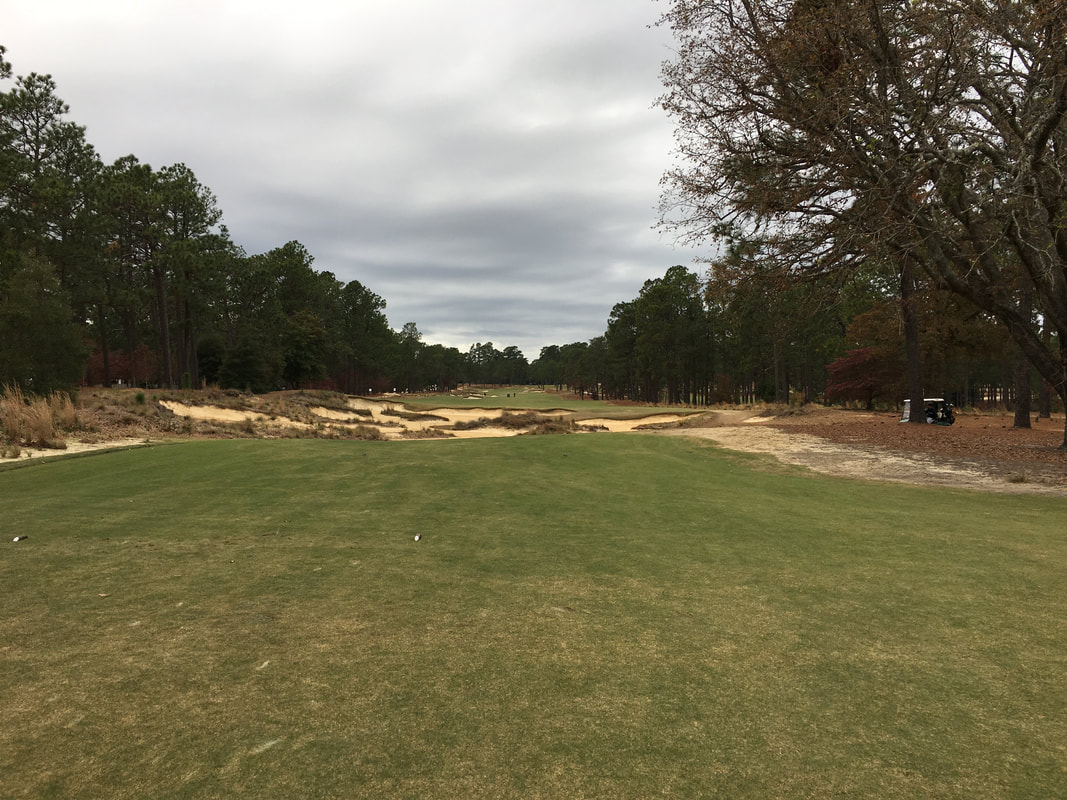
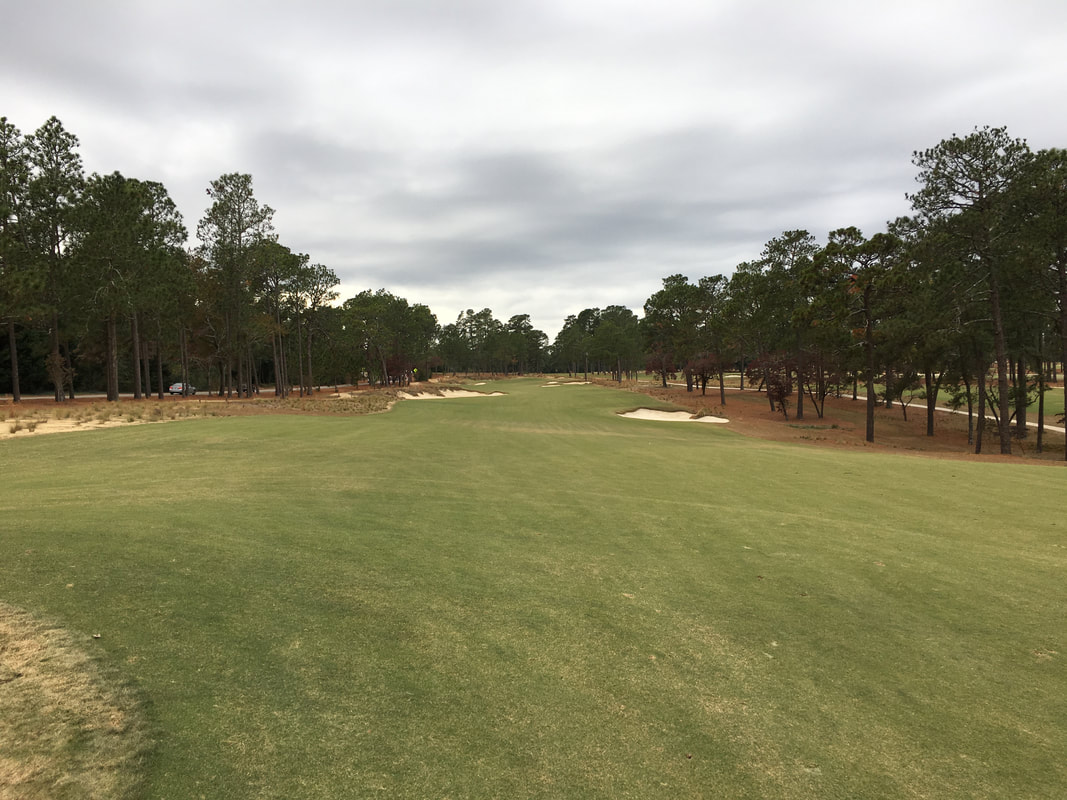
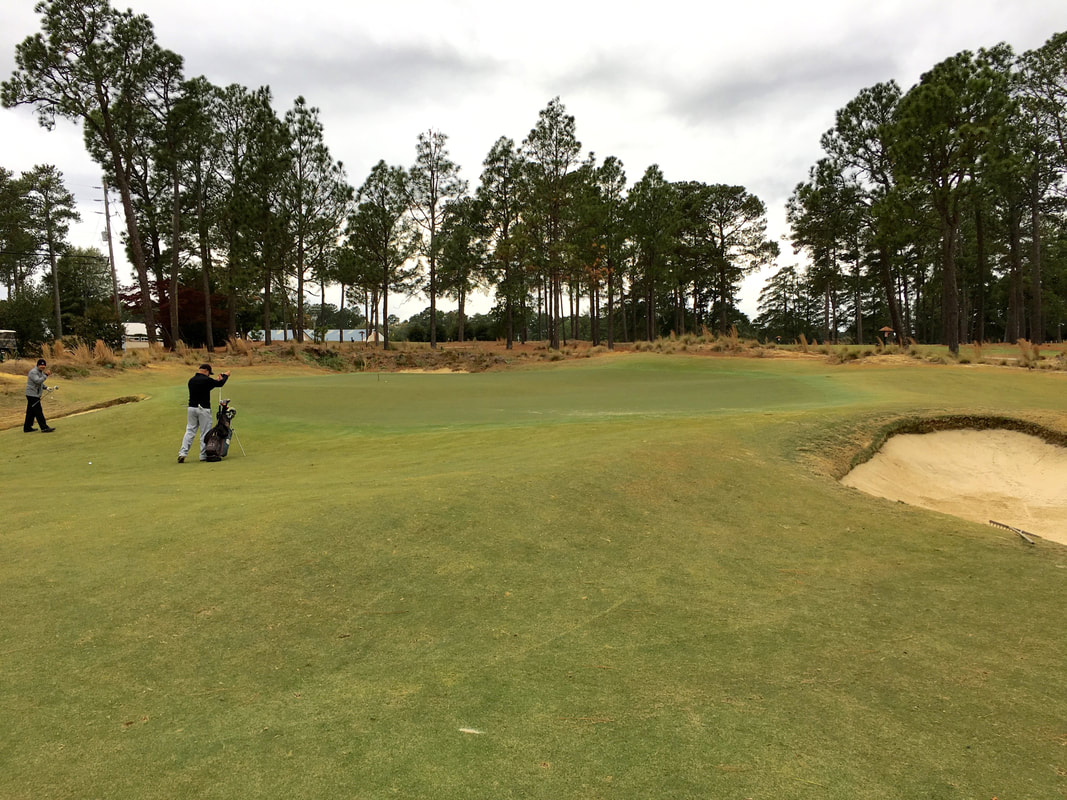
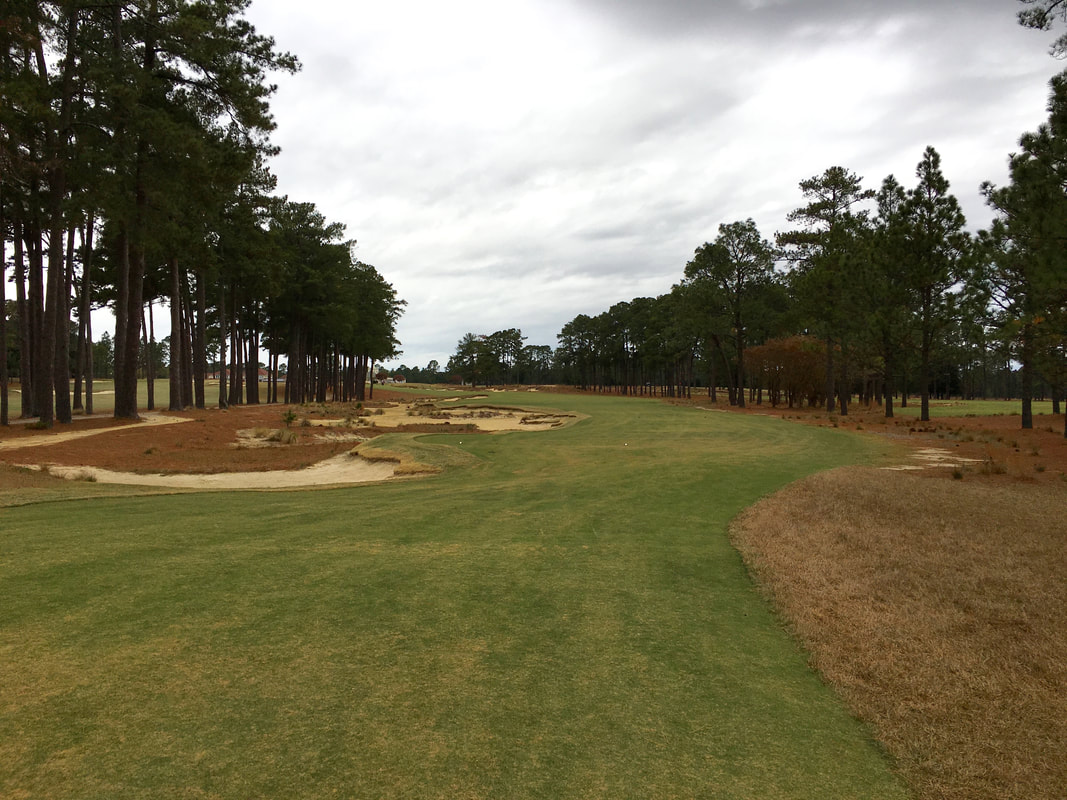
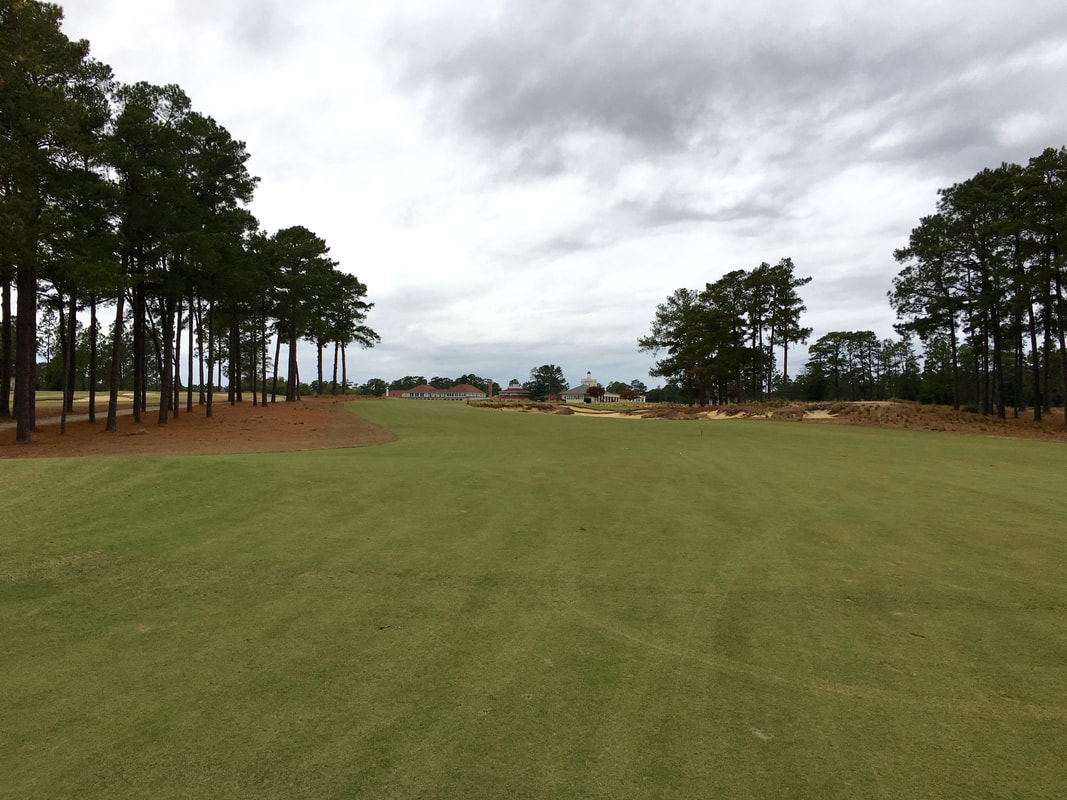
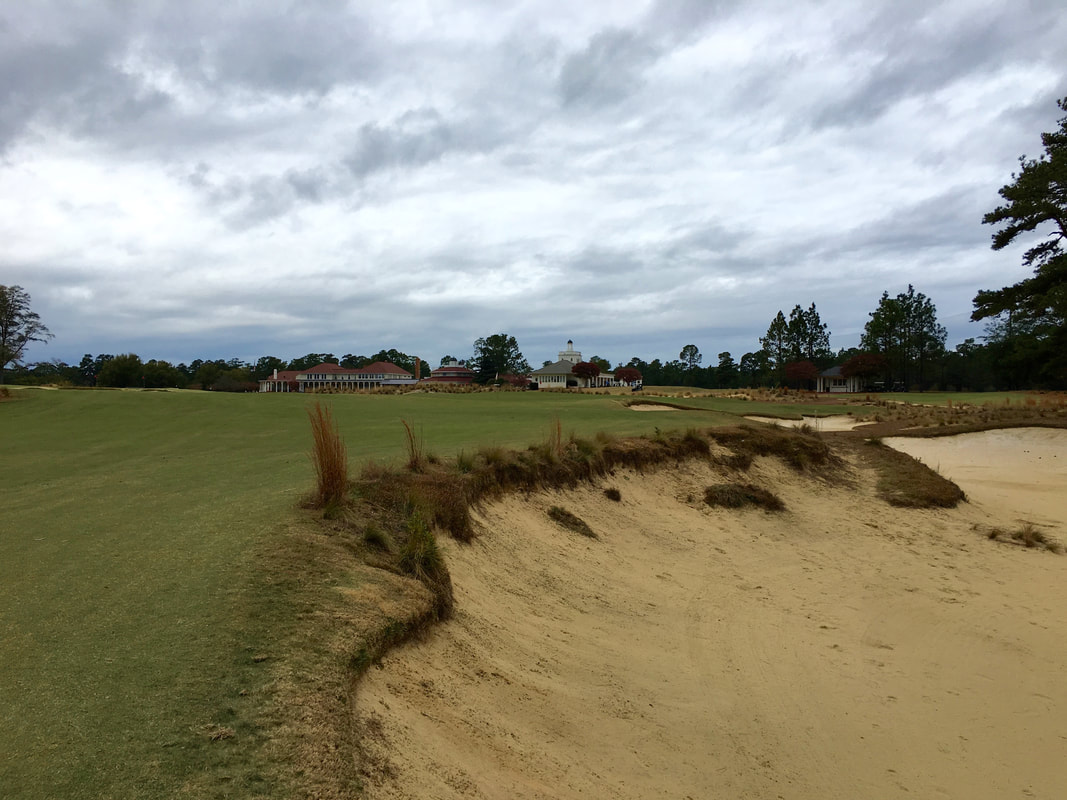
 RSS Feed
RSS Feed